The final numbers for the 2013 UK car market show a growth in the overall market to more than 2.25 million, a rise of more than 10 per cent.
The two factors that traditionally drive the growth in car sales – house prices and unemployment figures – were both positive last year and there was an additional one-off boost from the Payment Protection Insurance compensation. The latter factor will not be repeated in 2014 (unless the banks are forced to payout for yet another scandal), so the market is likely to stay flat in 2014.
Within the market, the big trend was fragmentation. The two biggest segments (superminis and small family cars) both grew at about the same rate as the whole market with growth of 12%, but some of the smaller segments grew much faster – both city cars (up 16%) and SUVs (up 19%) grew rapidly, while the traditional upper medium car really suffered (down 28%). It may be that in a couple of years, Ford’s principal large family car will actually be the Ford Kuga, not the Ford Mondeo.
The other form of fragmentation was the growth of both premium brands and value brands. For example, Audi and Skoda both had excellent years, but mainstream brands simply fought to maintain their share as best they could. What the premium and the value brands have in common is that they clearly stand for something – one is for prestige and the other is for value. The problem for mid-market brands is carving out a similarly clear identity.
Some have managed it – for example, Ford is identified with driving dynamics - but many have no strong image at a manufacturer level, having to rely on the strengths of individual models instead.
Read through the list below to see just how each manufacturer fared, and whether its market share grew or shrunk.
Alfa Romeo (Down: 2012 = 0.35 per cent; 2013 = 0.25 per cent)
Talk of selling 30,000 cars a year in the UK is long gone: sales are now below 6,000. The 4C will be a wonderful halo car – it’s just a shame there is nothing to bask in the light it will generate.
Aston Martin (Down: 2012 = 0.05 per cent; 2013 = 0.04 per cent)
The new investor has a lot of work to do – market share has halved since 2007. The technology tie-up with AMG will be critical: Aston is simply not big enough to generate the R&D budget it requires.
Audi (Up: 2012 = 6.05 per cent; 2013 = 6.27 per cent)
Likely to finish 2013 as the UK’s fourth largest brand. The key-fob du jour, as Audis are now seen as the coolest premium brand, if not always the best to drive.
Bentley (Down: 2012 = 0.06 per cent; 2013 = 0.05 per cent)
Sales are stable – but at a lower level than before the crash, when Continental GTs were ubiquitous and market share was around 0.08 per cent.
BMW (Down: 2012 = 6.24 per cent; 2013 = 5.99 per cent)
A quiet year by BMW’s standards, but still on target to sell over 130,000 cars a year. It has been overtaken by Audi, because Audi has the B-segment A1, and BMW leaves that segment to Mini.
Chevrolet (Down: 2012 = 0.66 per cent; 2013 = 0.53 per cent)
The emerging brand that stubbornly refused to emerge. With sales around one sixth of Hyundai or Kia’s levels, GM decided it was time to pull the plug.
Chrysler (Down: 2012 = 0.16 per cent; 2013 = 0.11 per cent)
The “rebadged Lancia” strategy has failed utterly. If the Jeep division can be turned around, will Chrysler be quietly dropped from the UK?
Citroen (Down: 2012 = 3.60 per cent; 2013 = 3.46 per cent)
Compared to Peugeot and Renault, Citroen has been a success story in recent years, The DS3 showed that Citroens could be sold on the quality of the car rather than the size of the discount.
Dacia (Up: 2012 = NA; 2013 = 0.76 per cent)
The best first year result ever recorded by a new brand. Base models have stunning prices, but Laureate models are less of a bargain.
Ferrari (Stable: 2012 = 0.03 per cent; 2013 = 0.03 per cent)
The most stable of all the supercar manufacturers – it has sailed through the crisis, with record 2013 sales of approximately 700 units.
Fiat (Up: 2012 = 2.44 per cent; 2013 = 2.66 per cent)
The Panda, 500 and 500L now account for over 85 per cent of Fiat sales. The intention is that larger cars will be left to Alfa, but that is like sending an unarmed man into battle.
Ford (Down: 2012 = 13.79 per cent; 2013 = 13.73 per cent)
Share is effectively stable which, for a market leader under ferocious attack, is not a bad result. It seems like the worst is over for Ford in Europe – losses are reducing and it should be back in the black by 2015.
Honda (Down: 2012 = 2.65 per cent; 2013 = 2.46 per cent)
Honda’s expected recovery in 2014 is based not on a new car, but a new engine. The 1.6 DTEC diesel enables the company to effectively re-enter the family car and SUV segments.
Hyundai (Down: 2012 = 3.63 per cent; 2013 = 3.40 per cent)
“Hyundai in static market share shock”. Hyundai is not declining, it is just drawing breath for its next assault on the UK car market. It plans to get past five per cent, and few would bet against it.
Infiniti (Down: 2012 = 0.03; 2013 = 0.02 per cent)
Infiniti said at launch it was only targeting around 1000 UK sales per year, but it has not reached half that number. With three German premium brands plus JLR, British people just don’t see the need.
Jaguar (Up: 2012 = 0.69 per cent; 2013 = 0.72 per cent)
Land Rover profits will be used to transform Jaguar into a company big enough to be viable. Ford tried exactly the same thing with disastrous results, but this plan is far more plausible.
Jeep (Down: 2012 = 0.11 per cent; 2013 = 0.10 per cent)
2014 is positively Jeep’s last chance to re-establish itself in the UK with the new Cherokee and Fiat 500X-based “baby Jeep”. If they fail, Jeep will become the Lancia of off-roaders.
Kia (Down: 2012 = 3.26 per cent; 2013 = 3.18 per cent)
Like Hyundai, Kia paused in 2013 after an avalanche of new models. However, it won’t stay at that level for long. It too wants to get to 100,000 cars a year in the UK (around five per cent market share).
Land Rover (Up: 2012 = 2.38 per cent; 2013 = 2.42 per cent)
Overall share is not relevant. Land Rover simply wants to dominate the off-road segments in which it operates, and make some of the best profit margins in the global car industry. Tick both boxes.
Lexus (Down: 2012 = 0.41 per cent; 2013 = 0.40 per cent)
Lexus is in a chicken-and-egg situation. Low sales mean it makes no financial sense to orientate Lexus design towards Europe, but it can’t sell in decent numbers here until it does.
Lotus (Stable: 2012 = 0.01 per cent; 2013 = 0.01 per cent)
The good news is that it still exists, and a recent £10 million grant from the UK government will help. Owners are still to decide if Lotus is about purist enjoyment (e.g. Elise) or about fighting Porsche (Evora suggests not).
Maserati (Down: 2012 = 0.02 per cent; 2013 = 0.01 per cent)
Maserati’s expansion plans call for 50,000 cars a year by 2015, of which a couple of thousand will come to the UK. The 2013 figures aren’t important but the figures for 2014 certainly will be.
Mazda (Up: 2012 = 1.28 per cent; 2013 = 1.38 per cent)
The fall in the value of the yen has given Mazda a new lease of life in the UK, which it hopes will continue with the new Mazda 3. It wants to get back to the two per cent share it once had.
Mercedes-Benz (Up: 2012 = 4.49 per cent; 2013 = 4.83 per cent)
The new A-class at the bottom and stupendous S-class at the top signals that Mercedes is back on form. However, it is now a long way behind Audi and BMW, and is unlikely to overtake either.
MG Motor (Down: 2012 = 0.04 per cent; 2013 = 0.02 per cent)
There is much noise about new models, but precious little sales activity. Registrations have actually halved since 2012, which is not quite the idea when part-way through launching a new range.
Mini (Down: 2012 = 2.51 per cent; 2013 = 2.29 per cent)
Relatively stable share shows the strength of the brand – 2013 Mini hatch buyers don’t mind that their new car is already obsolete, so long as it is a Mini.
Mitsubishi (Up: 2012 = 0.32 per cent; 2013 = 0.40 per cent)
Like Mazda, it is being helped by the fall in the value of the yen. However, the line-up of cars looks pretty random – it is hardly a coherent range.
Nissan (Down: 2012 = 5.21 per cent; 2013 = 5.18 per cent)
The best turnaround story of the century so far. From selling Almeras and Primeras to Jukes and Qashqais in one generation – they should call the next model the Phoenix.
Peugeot (Down: 2012 = 4.87 per cent; 2013 = 4.66 per cent)
The 208 is doing okay, but stronger competition means it can’t single-handedly transform the company the way the 205 did 30 years ago. The future may lie in a tie-up with Chinese company Dongfeng.
Porsche (Down: 2012 = 0.39 per cent; 2013 = 0.36 per cent)
Like Land Rover, so long as each model has a strong share of its sub-segment and enjoys big profit margins, the company is happy. Growth will come through further integration with Volkswagen.
Renault (Up: 2012 = 1.99 per cent; 2013 = 2.04 per cent)
Renault might finally have hit bottom, having fallen like a stone from seven per cent in 2005. The Clio and Captur give it a solid foundation, but it is hard to see how it can ever get back above three to four per cent.
Rolls-Royce (Down: 2012 = 0.02 per cent; 2013 = 0.01 per cent)
The apparent fall in 2013 is due to rounding a very small number. Sales are very stable and are likely to rise in 2014.
Seat (Up: 2012 = 1.90 per cent; 2013 = 2.00 per cent)
The problem child of the VW Group is finally starting to improve. However, Seat still needs to find a clear proposition: “German engineering plus Latin soul” is still a bit woolly.
Skoda (Up: 2012 = 2.62 per cent; 2013 = 2.92 per cent)
Skoda is no longer really a value brand, but more of a sensible brand – not a million miles away from where Volvo used to be.
Smart (Down: 2012 = 0.27 per cent; 2013 = 0.23 per cent)
An owner once said that smart is the “and” car – you buy another car and a smart. That is a limited market, so hopes are pinned on the co-production with Renault for a Twingo replacement.
SsangYong (Down: 2012 = 0.04 per cent; 2013 = 0.03 per cent)
With the new Korando, SsangYong might have hoped for better, but it is very difficult for a new brand to break through in today’s super-competitive market.
Subaru (Stable: 2012 = 0.10 per cent; 2013 = 0.10 per cent)
Sales in the USA are soaring and will hit 400,000 this year – Subaru is building a US factory to meet demand. It makes you wonder if the piffling amount sold in the UK is really worth the effort.
Suzuki (Up: 2012 = 1.22 per cent; 2013 = 1.46 per cent)
The mirror image of Subaru – surprisingly strong in Europe (it is neck-and-neck with Honda), but dead in the USA. Expect more small crossovers soon to build on Suzuki’s 4x4 heritage.
Toyota (Down: 2012 = 4.14 per cent; 2013 = 3.91 per cent)
The GT86 shows where Toyota wants to get to, but the latest Auris shows how far it has to travel. The man at the top wants dynamic cars, but the message has to permeate through a corporation used to making automotive white goods.
Vauxhall (Up: 2012 = 11.36 per cent; 2013 = 11.46 per cent)
The Adam is meant to herald a new dawn, but the jury is still out on whether it can have the impact of the Citroen DS3 or Fiat 500. Vauxhall thinks (or dreams?) the next Corsa can topple the Fiesta.
Volkswagen (Down: 2012 = 8.96 per cent; 2013 = 8.57 per cent)
Don’t be misled by a slight fall this year. VW has the unique combination of massive economies of scale and a semi-premium brand. That means it can make its cars for less and sell them for more.
Volvo (Down: 2012 = 1.55 per cent; 2013 = 1.44 per cent)
The Chinese owners hope to transform the business with clever new platforms and engines. The key new model will be the next XC90 - the modern equivalent of the 1980s Volvo estate.
The leader of the pack
As everyone knows, Ford is the UK market leader, and has been for over 35 years. However, if you look at the figures at a group level, VW is easily Number One.
The combined market share of Audi, Seat, Skoda and VW (excluding the partly-integrated Porsche), is 19.8%, well ahead of Ford on 13.8 per cent. As individual brands, VW is now No. 3 and Audi is No. 5, while Skoda is just outside the Top 10.
At a model level, the Volkswagen Golf is now only just behind the Vauxhall Astra, and the combined sales of the Volkswagen Passat and CC (no longer branded Passat) are neck-and-neck with the Insignia for leadership in the large family car segment. At a platform level, VW is now leader in small family cars, large family cars and is No. 2 to the Fiesta in the supermini segment.
This reflects the situation across Europe as a whole. VW Group is now out of sight of the rest of the pack with 24.9 per cent of the total European market. Excluding the USA, VW is now No. 1, and is likely to become global leader, even with the USA included, within three years.
It was a good year to be…
Selling SUVs. The market share passed 11 per cent, making it the third biggest sector. It was also a good year to sell Japanese cars. After a terrible decade, the falling yen made Japanese imports more competitive.
It was a bad year to be...
Selling premium brands without a German or British badge. Volvo, Lexus and Infiniti all had a difficult year as a result.
Data supplied by the SMMT

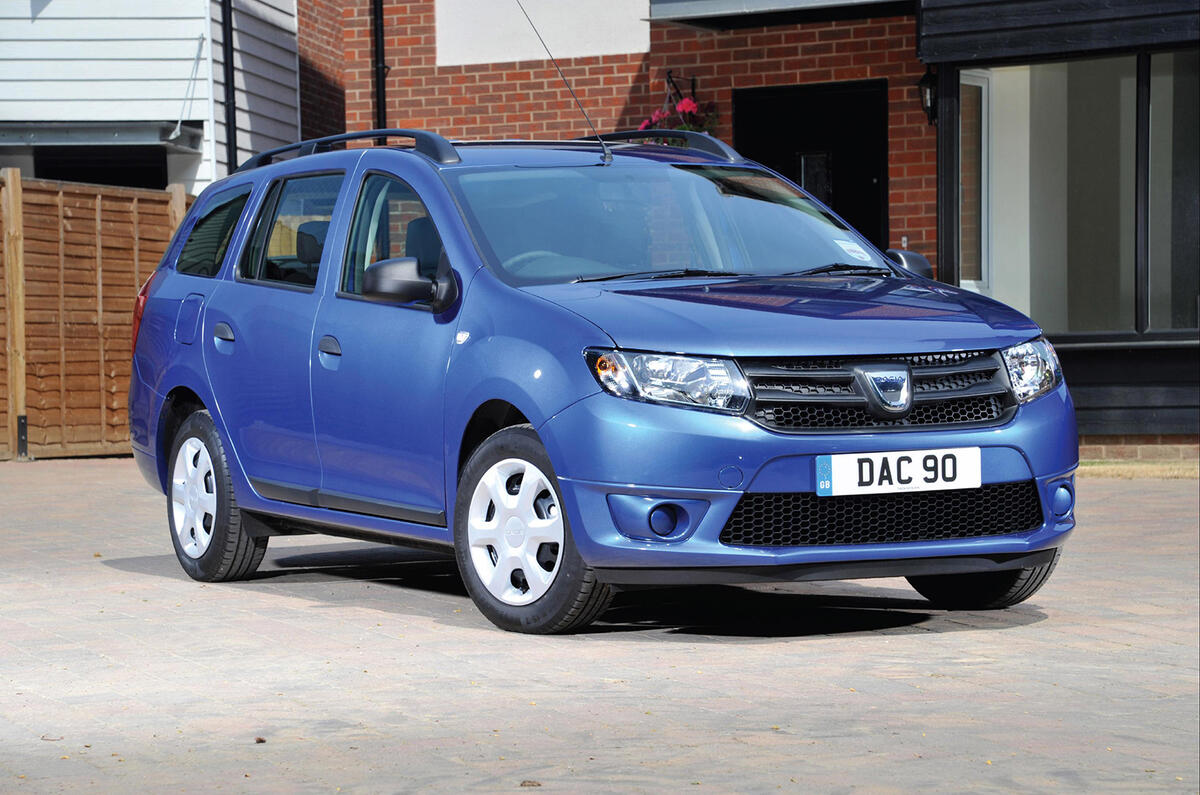
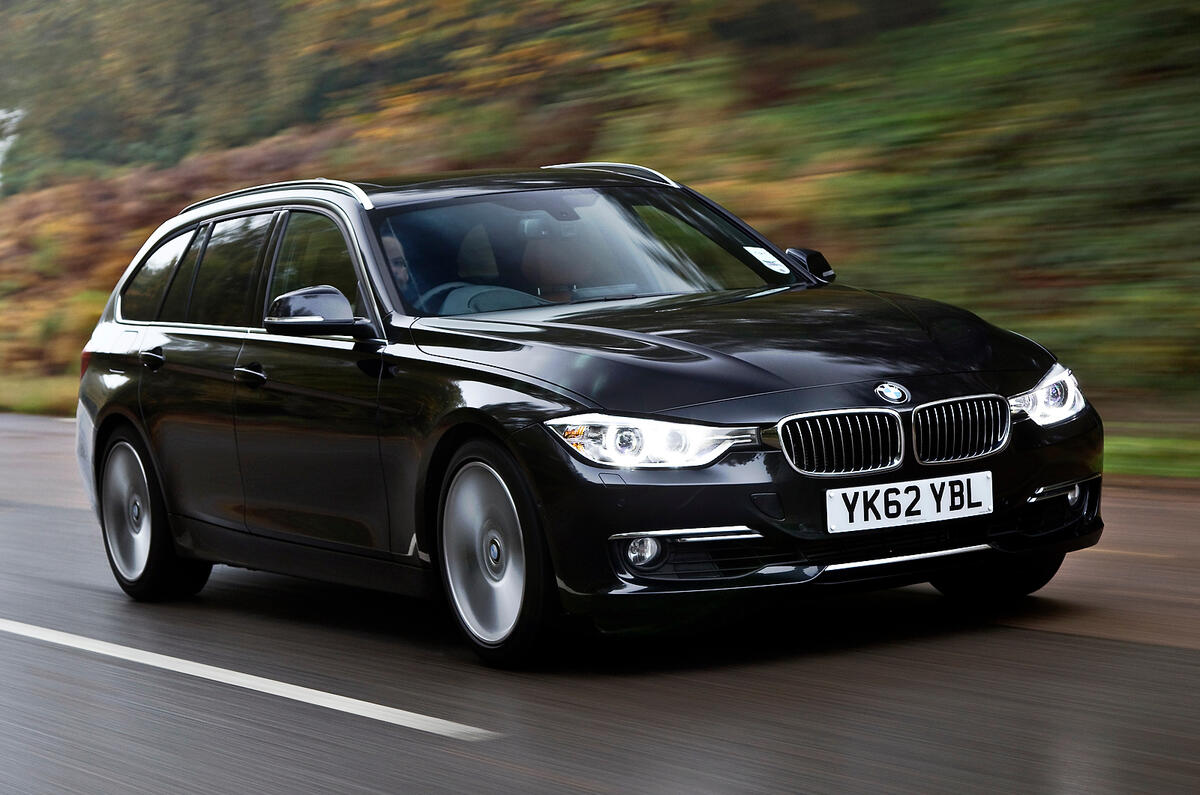
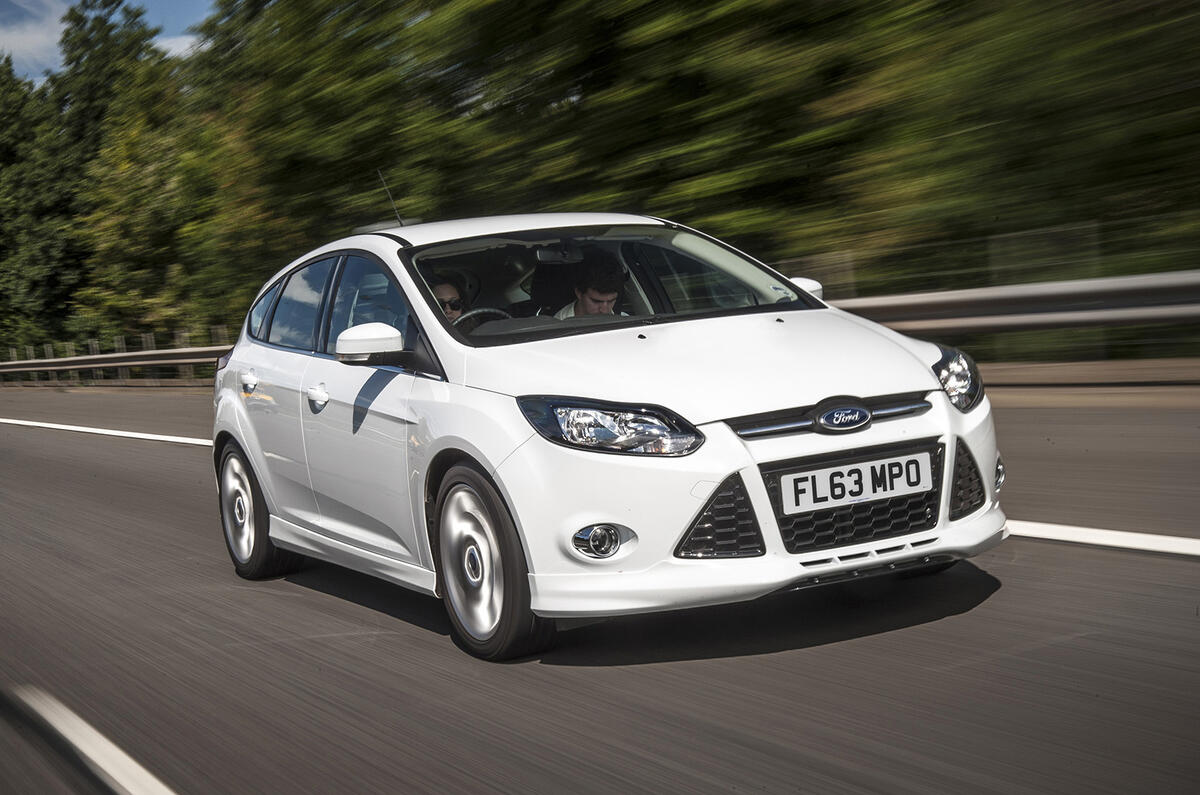
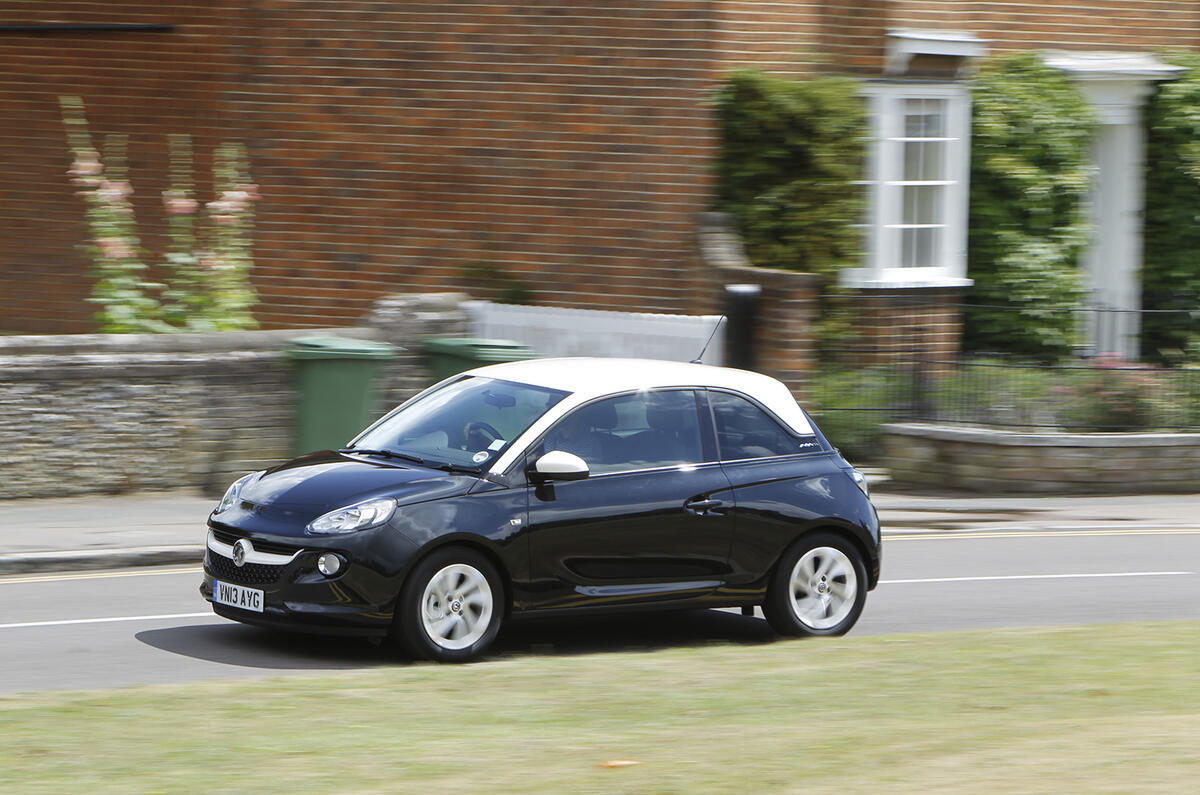
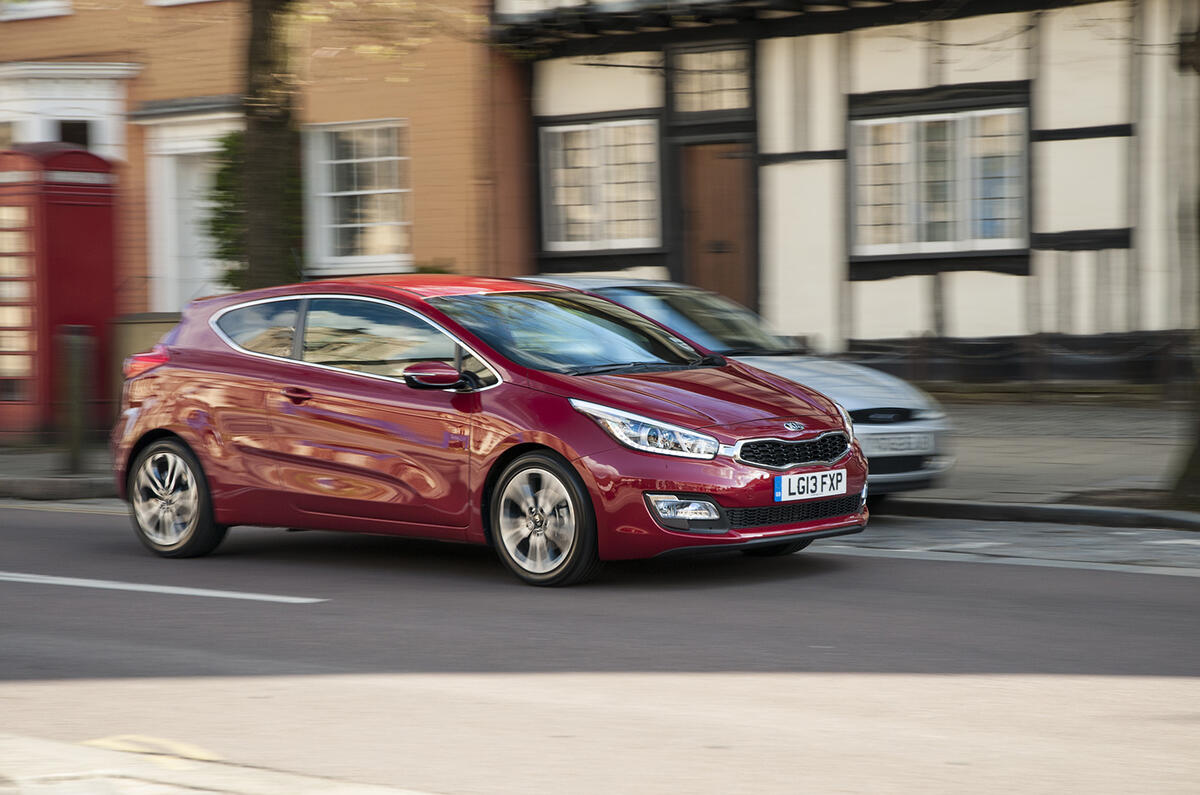
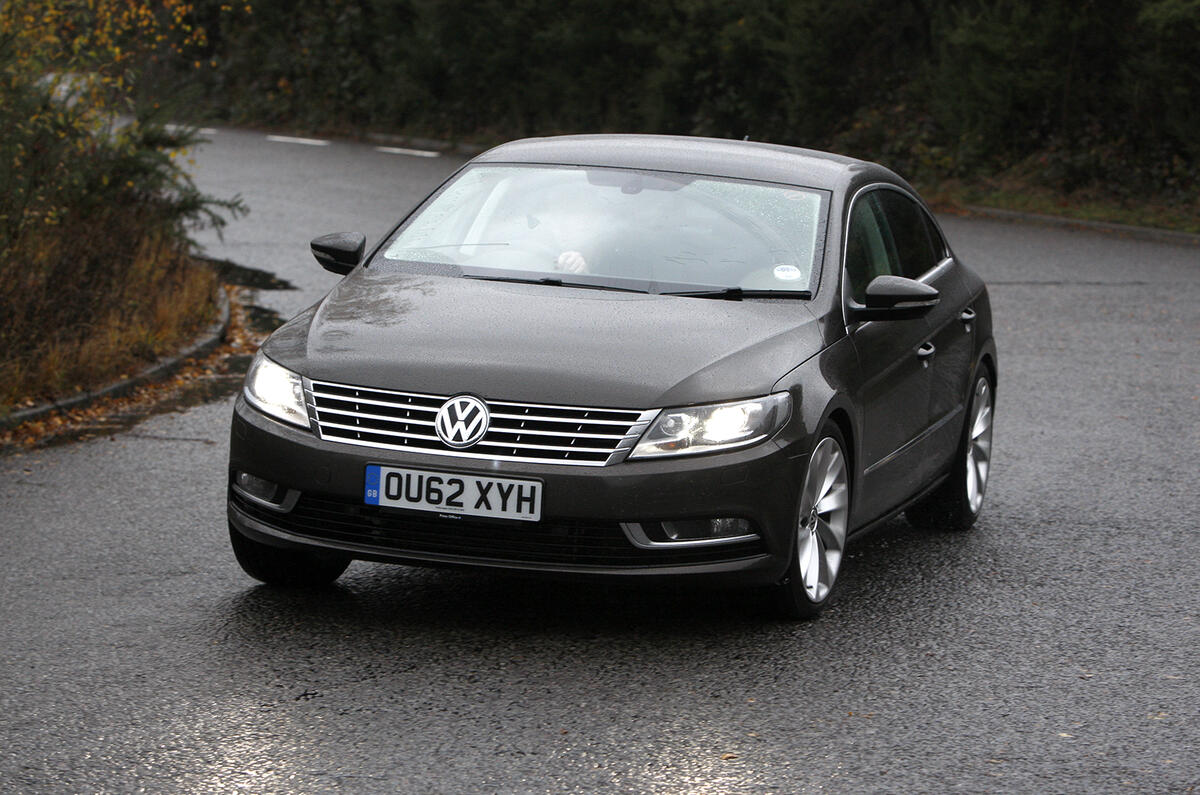
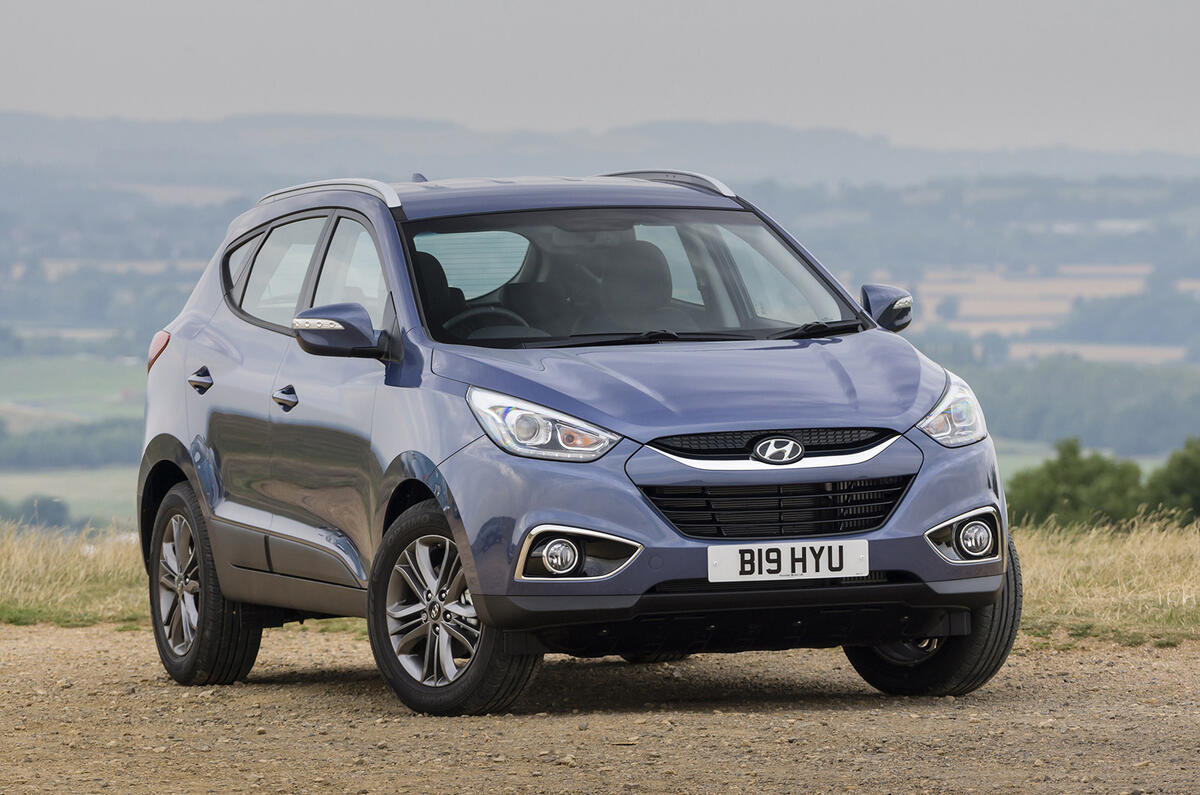
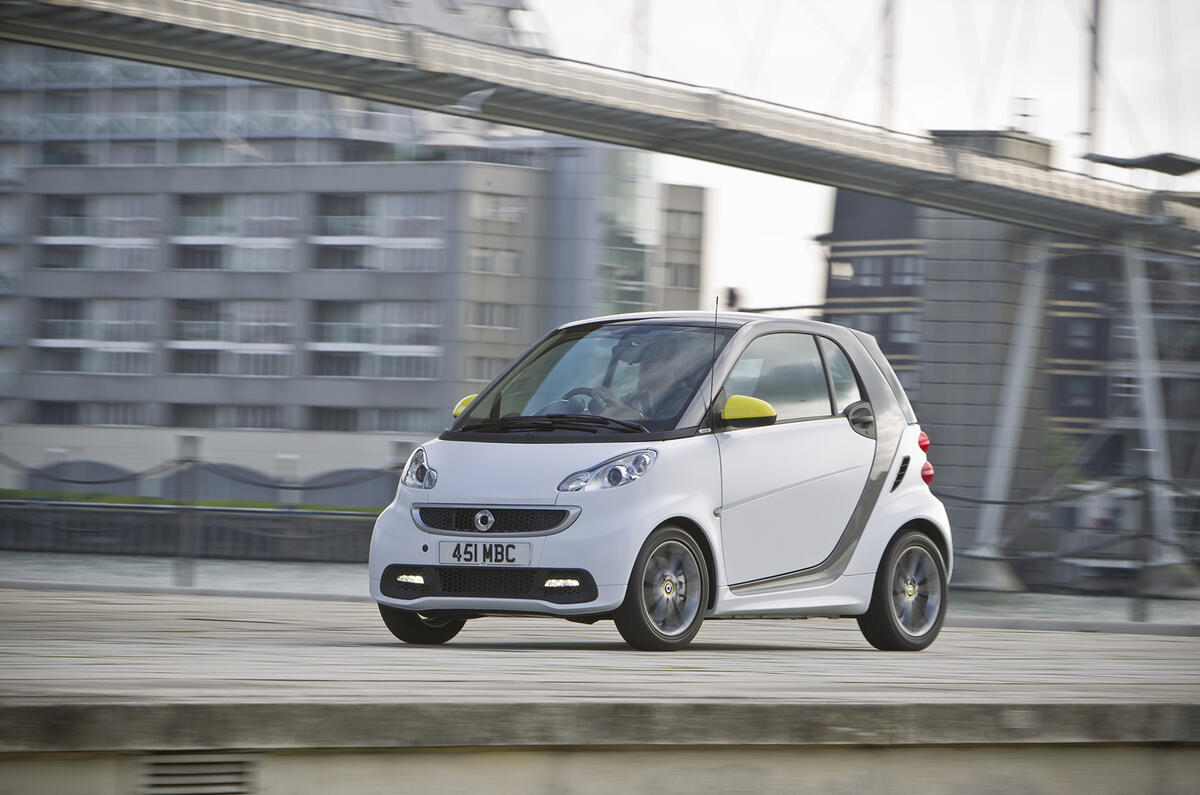
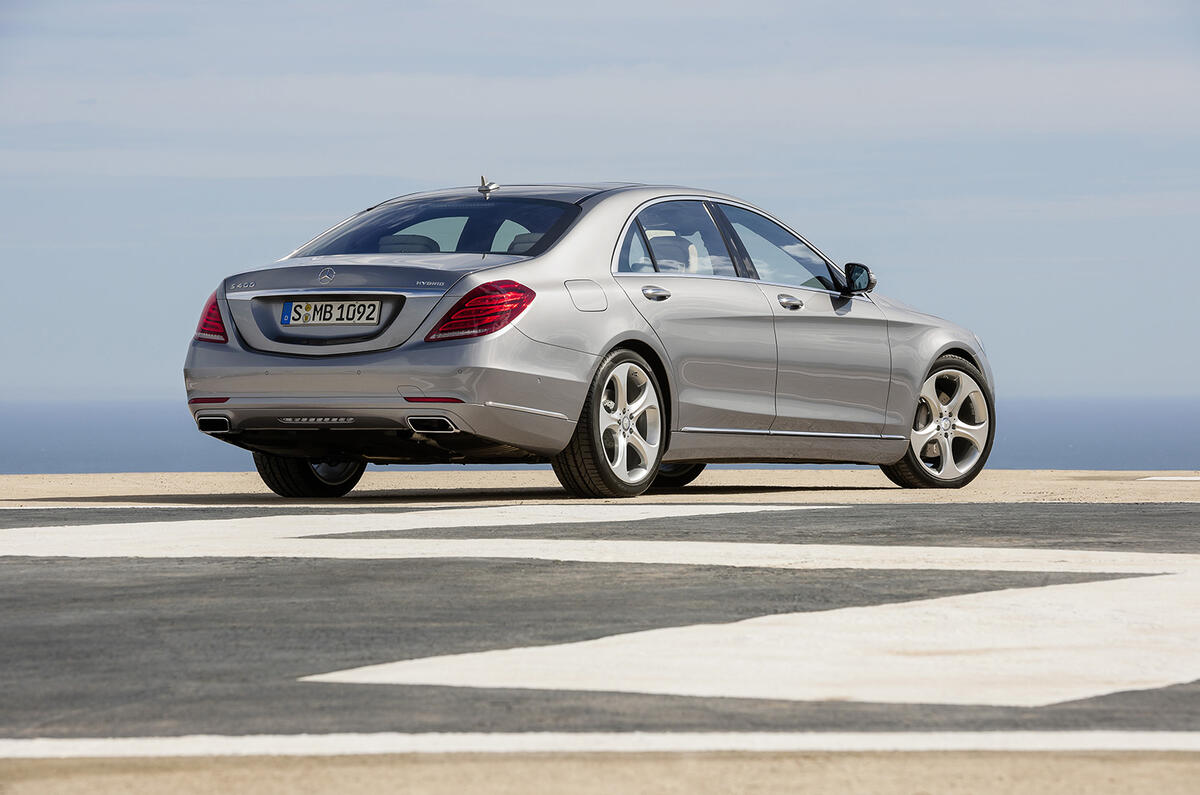
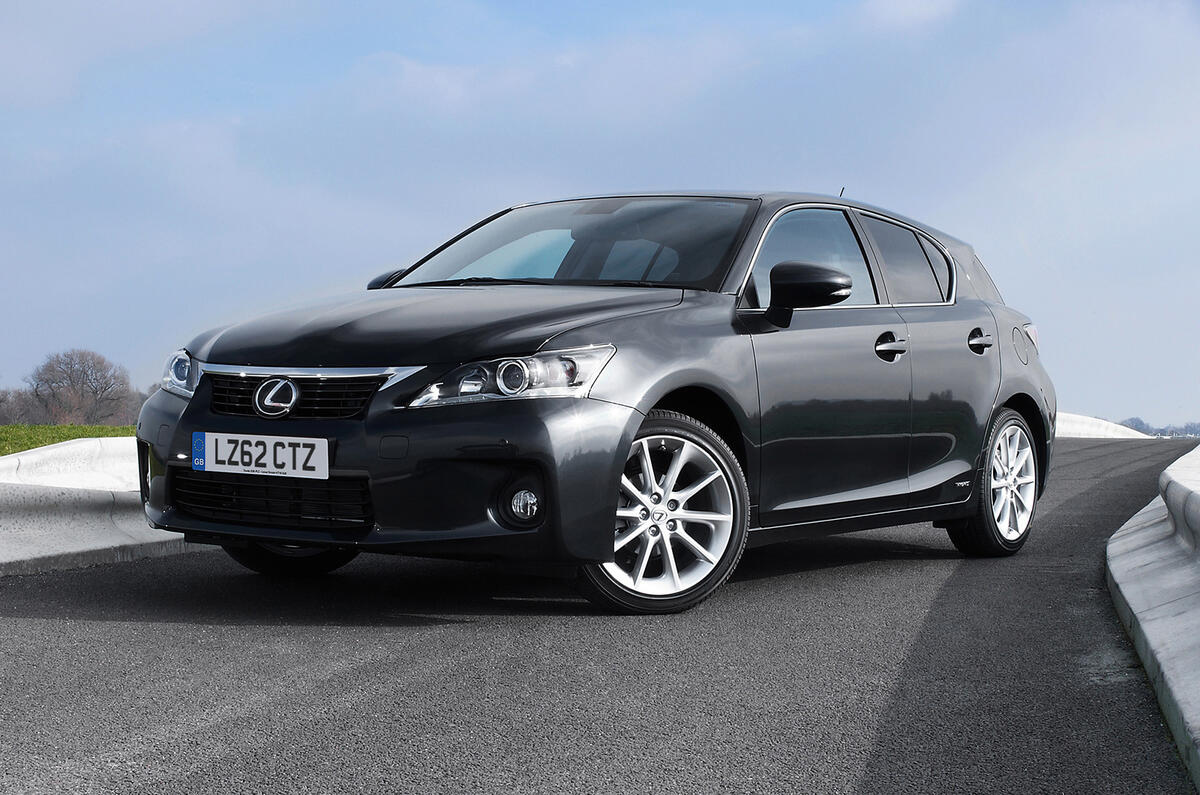
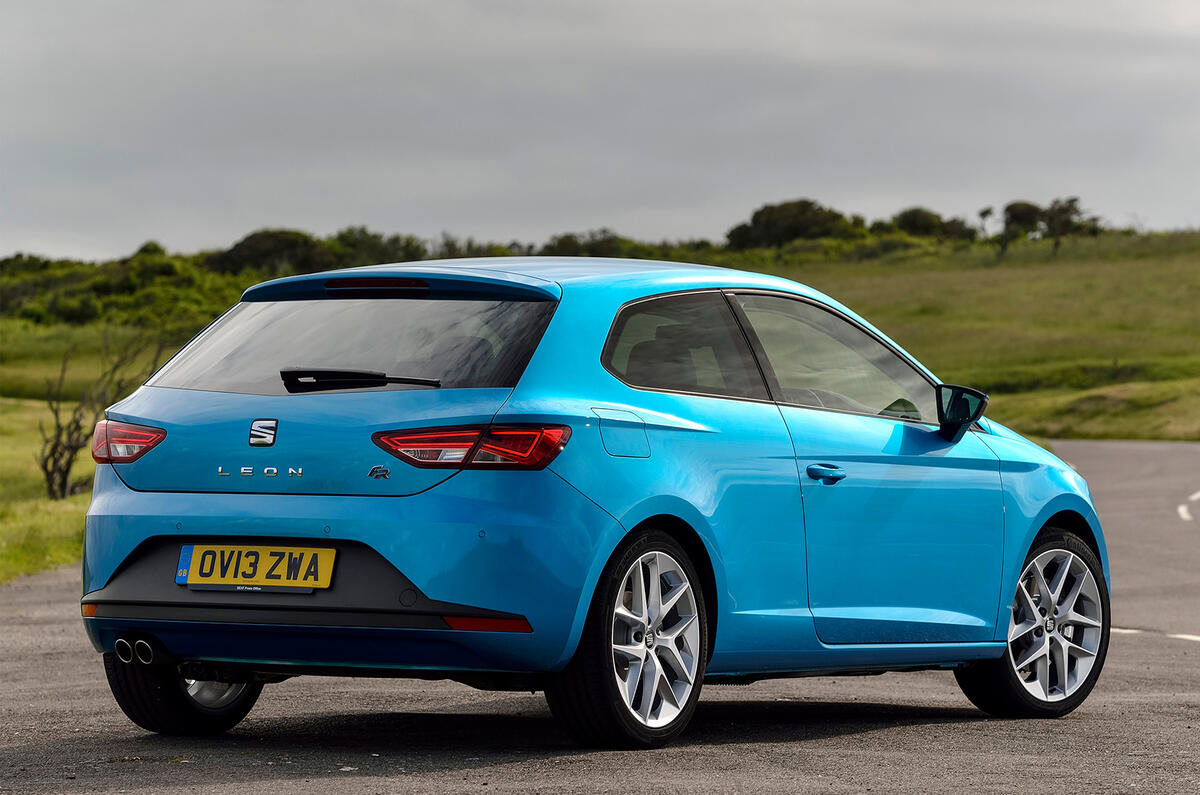
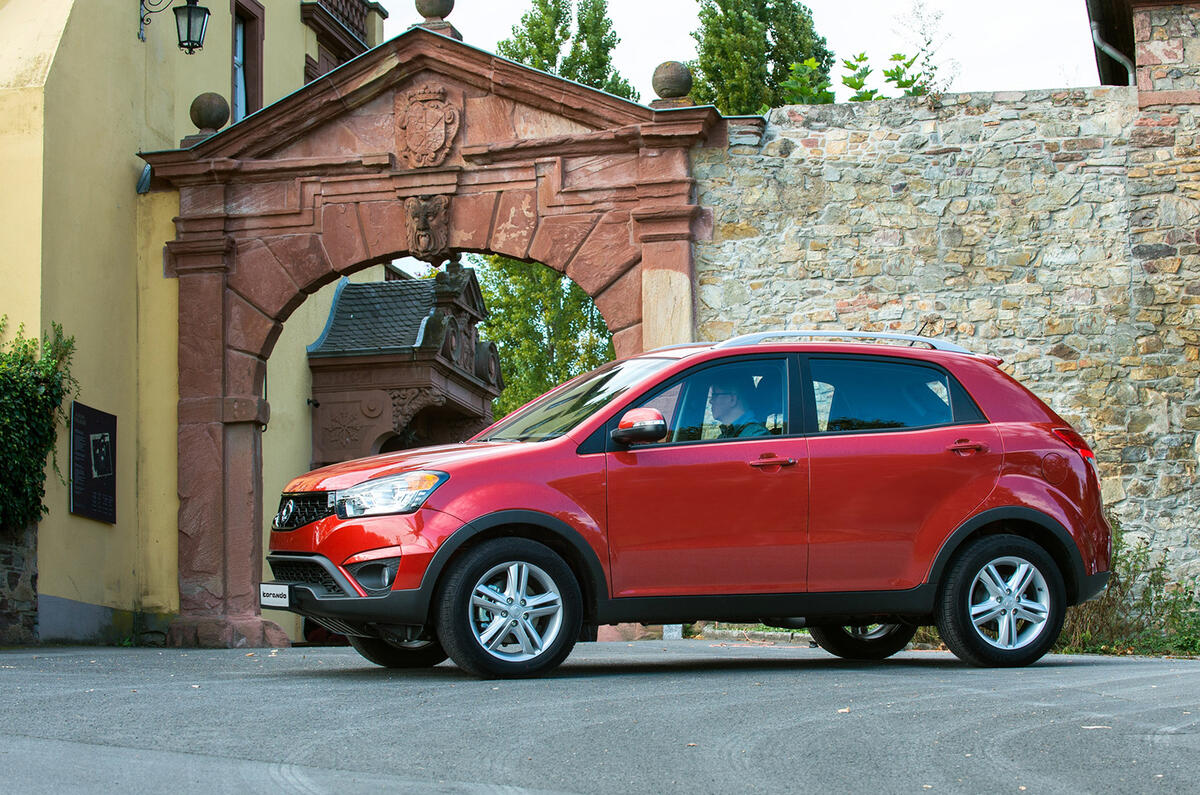
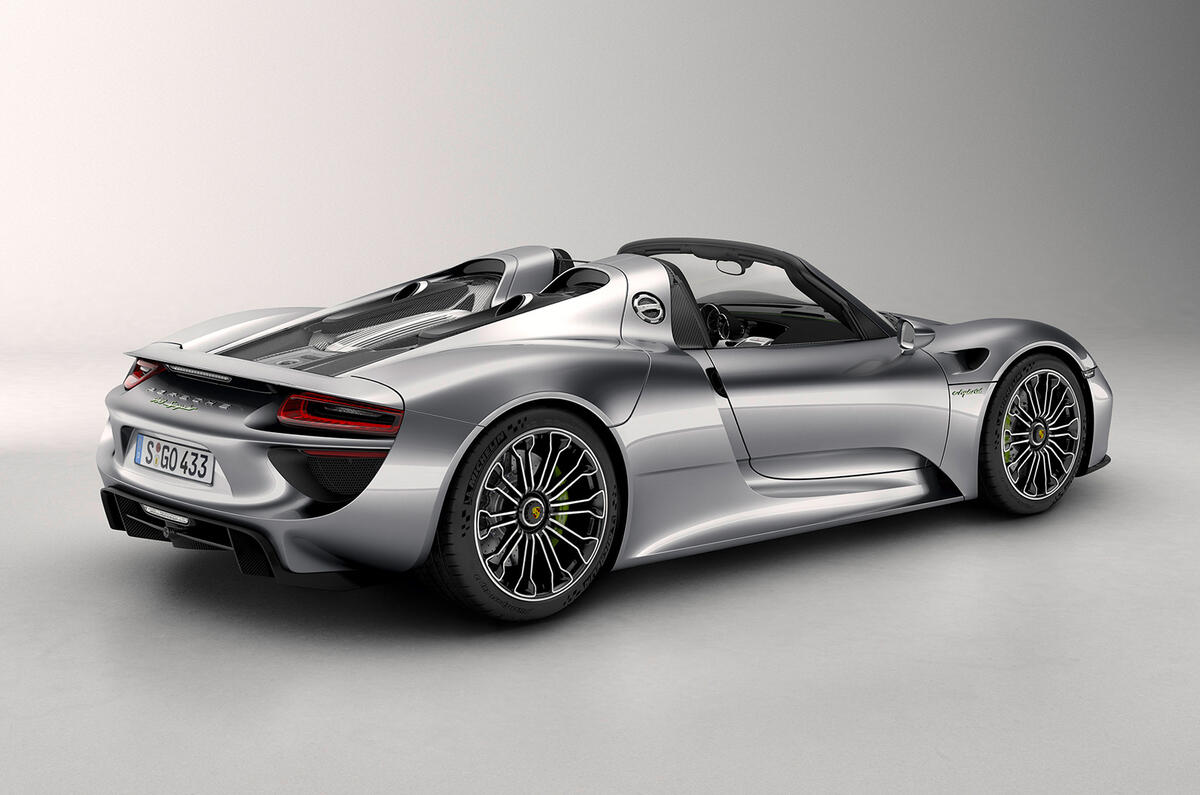
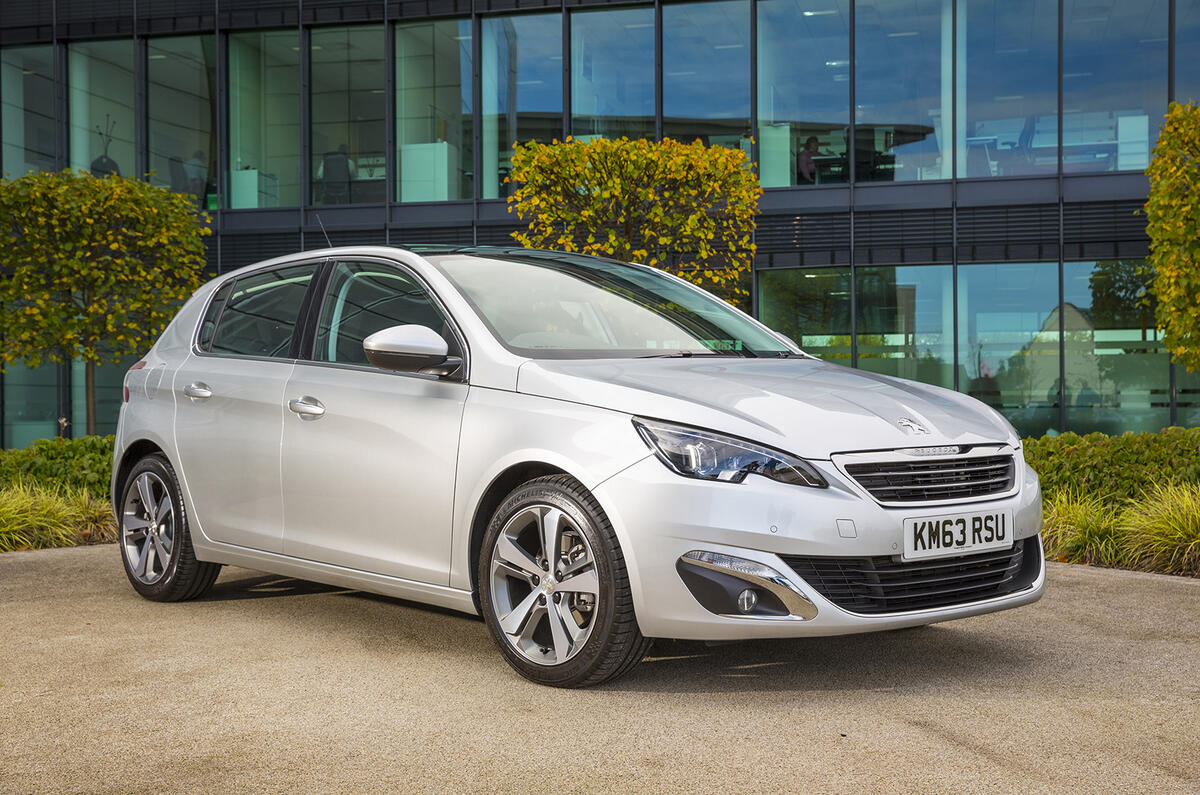

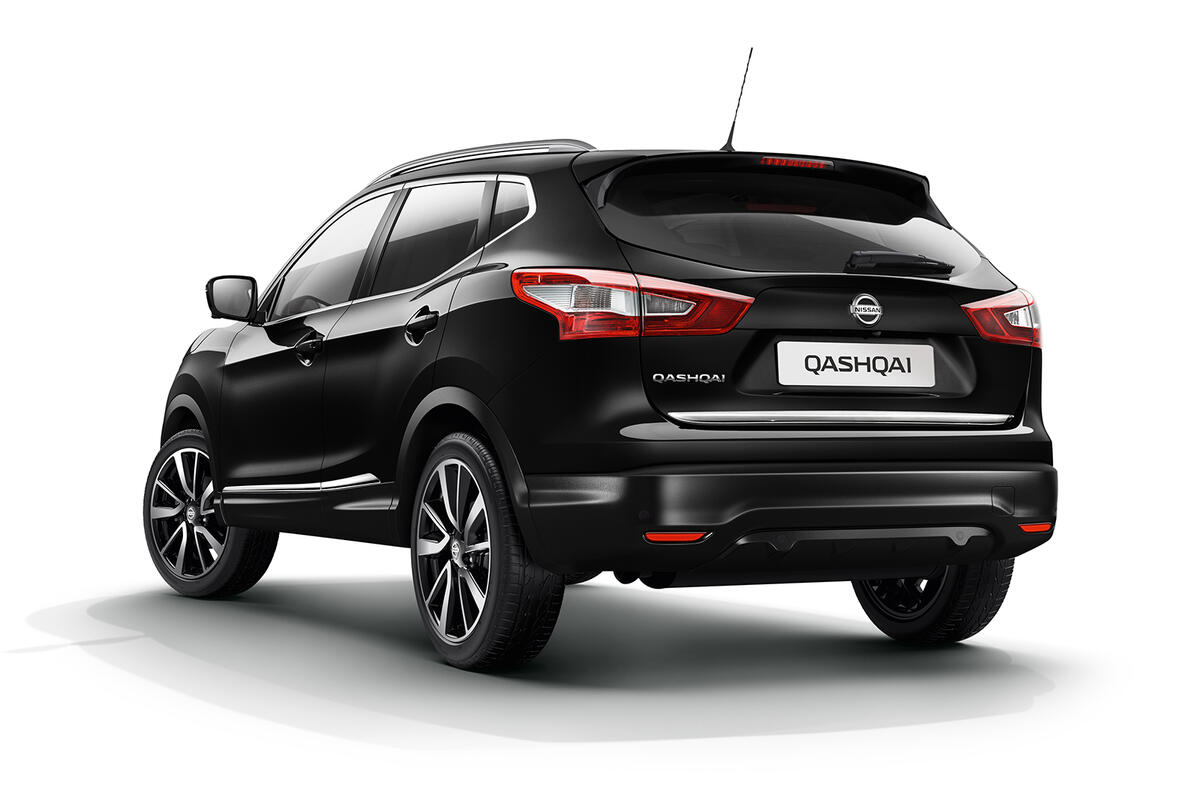
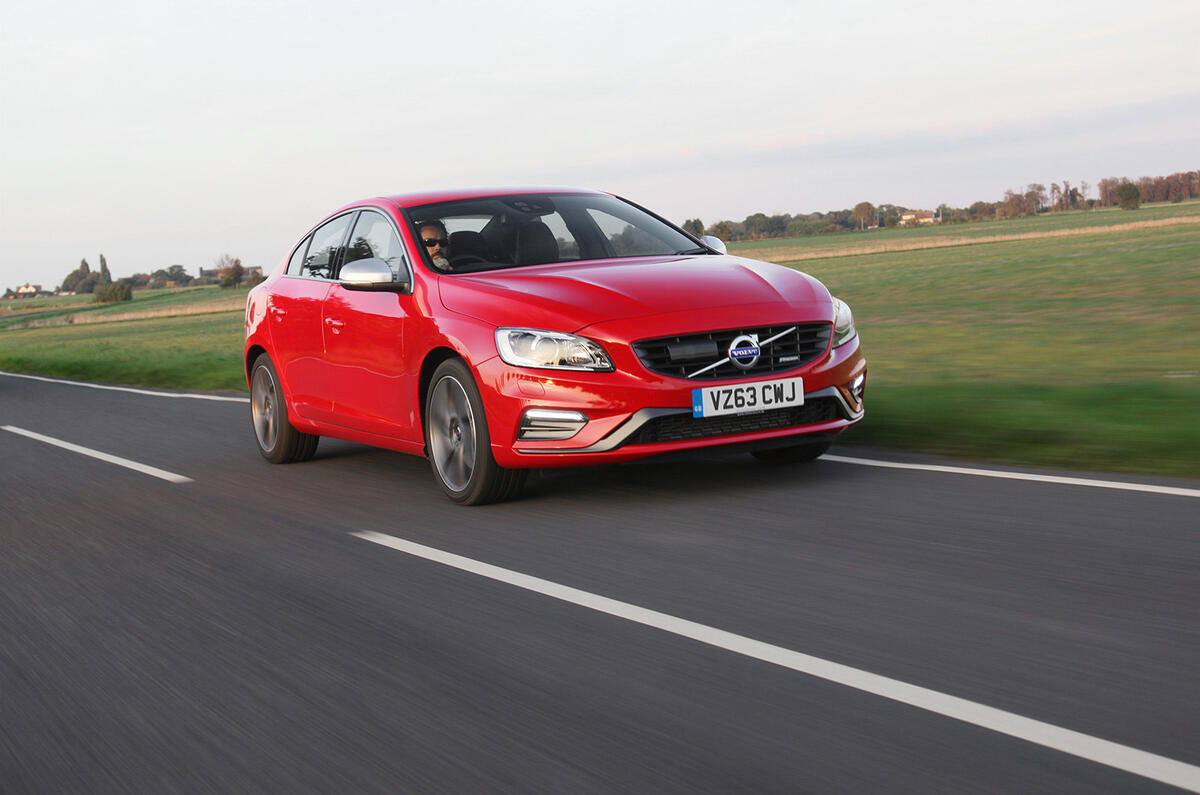
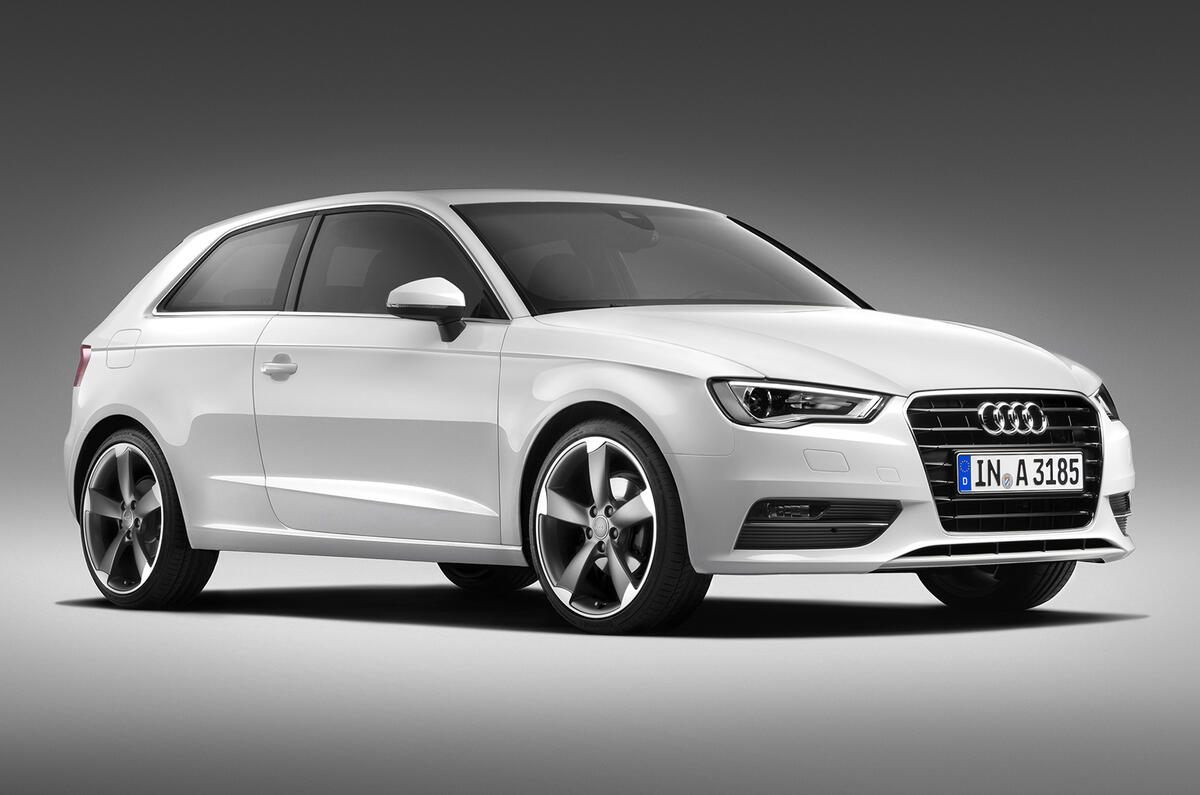
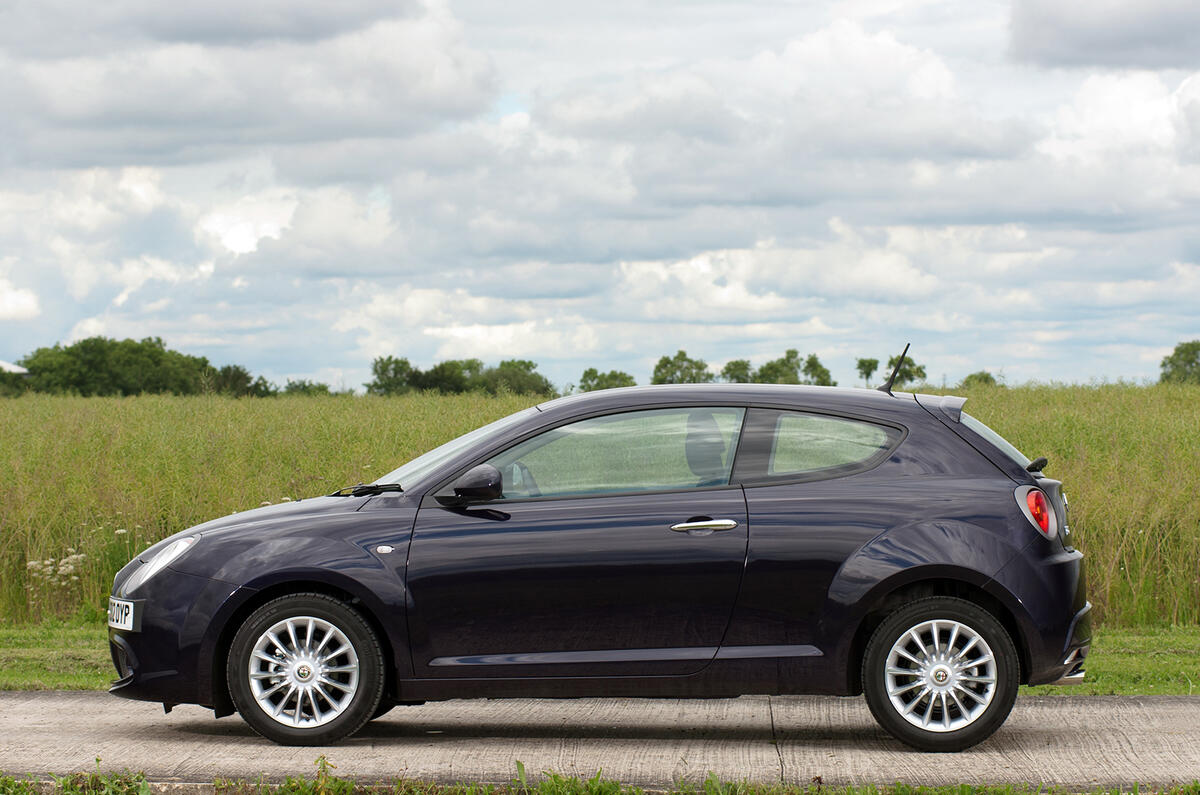
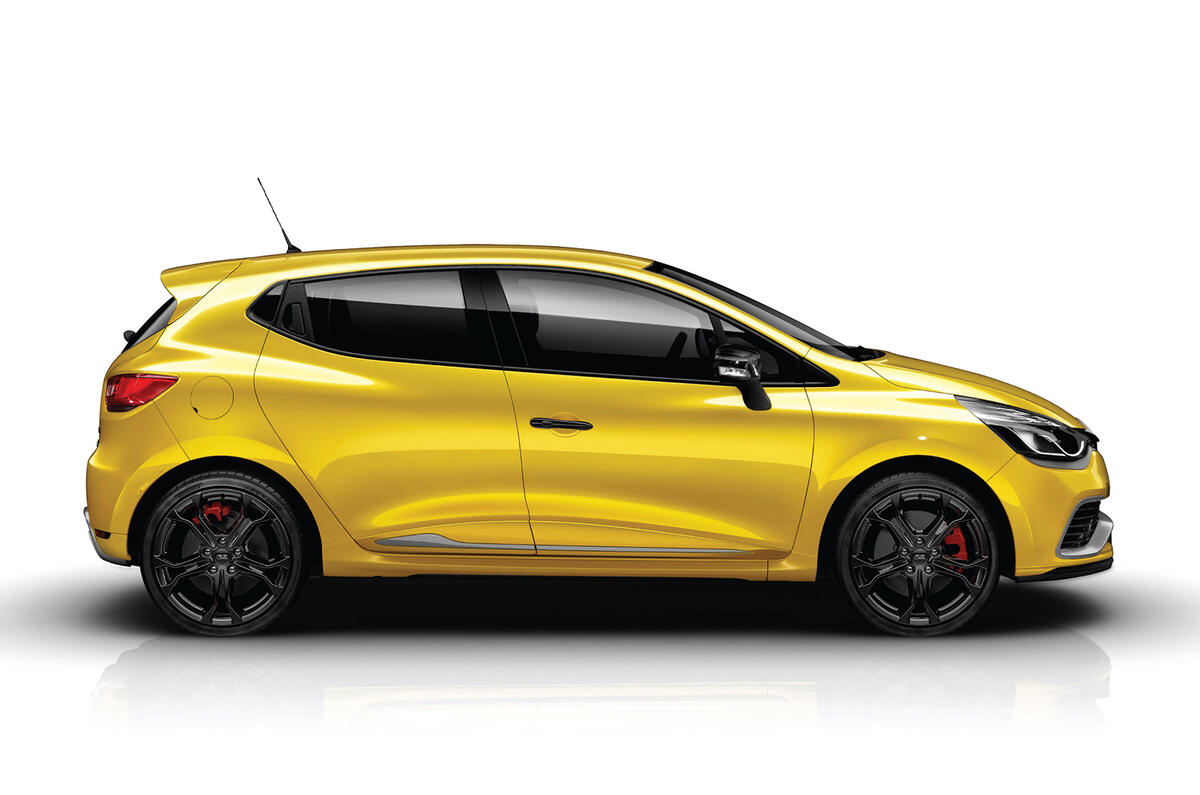
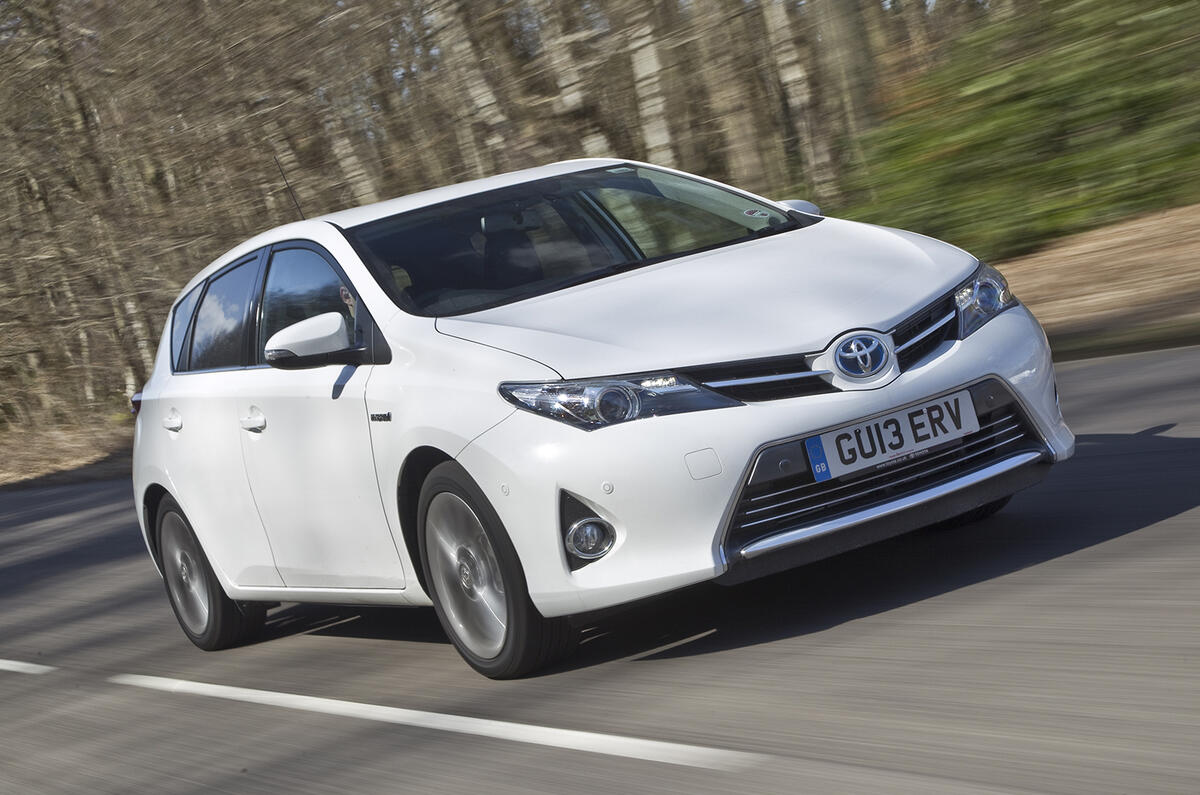
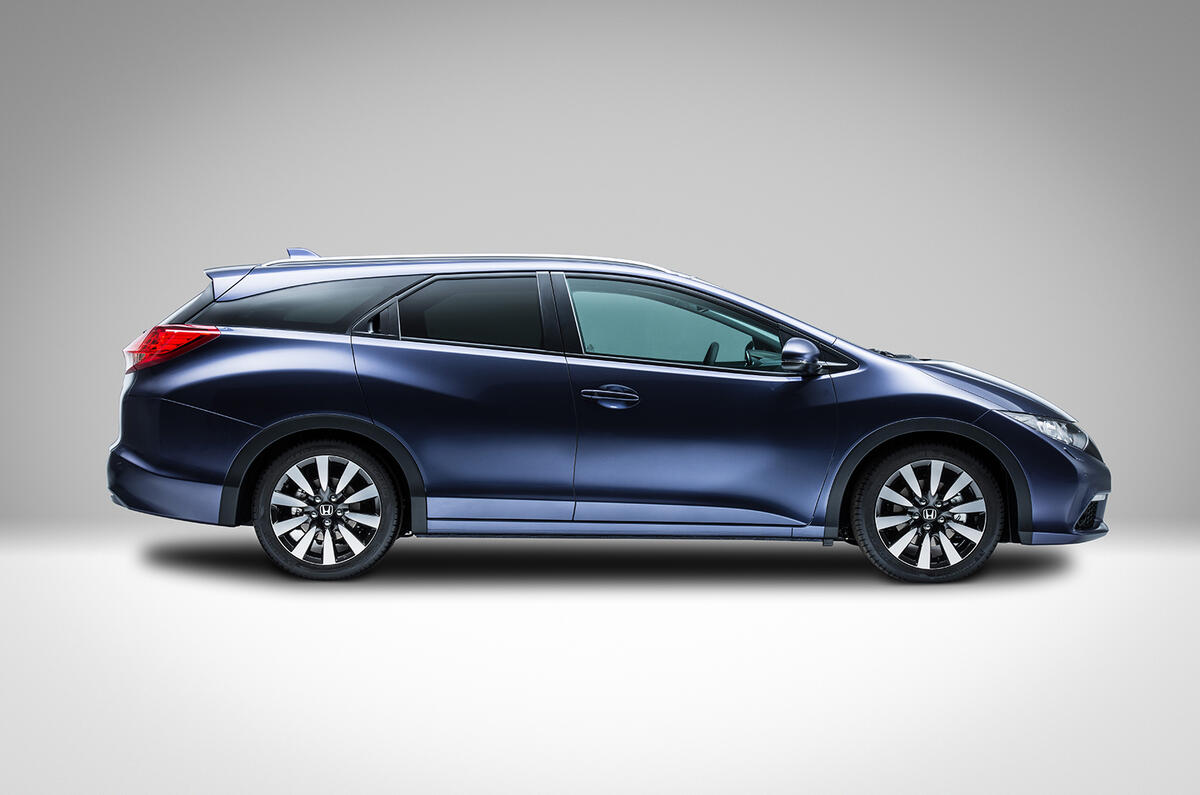
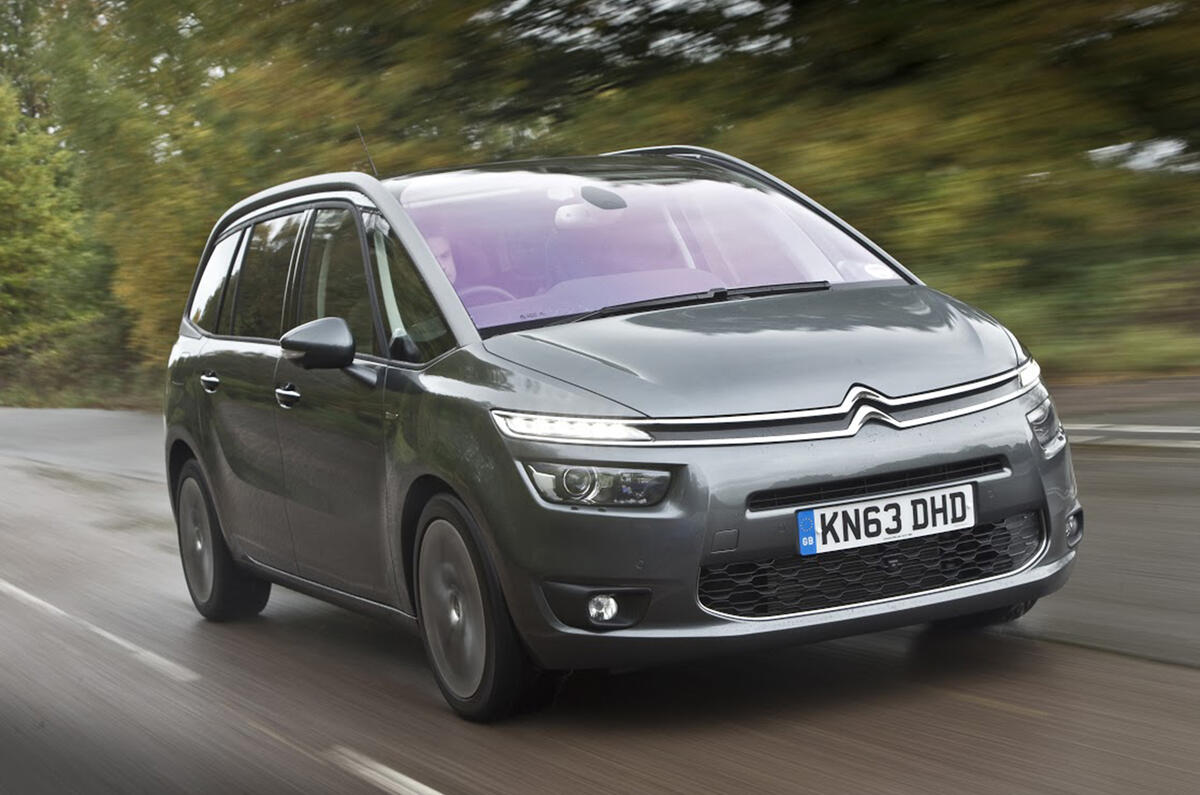
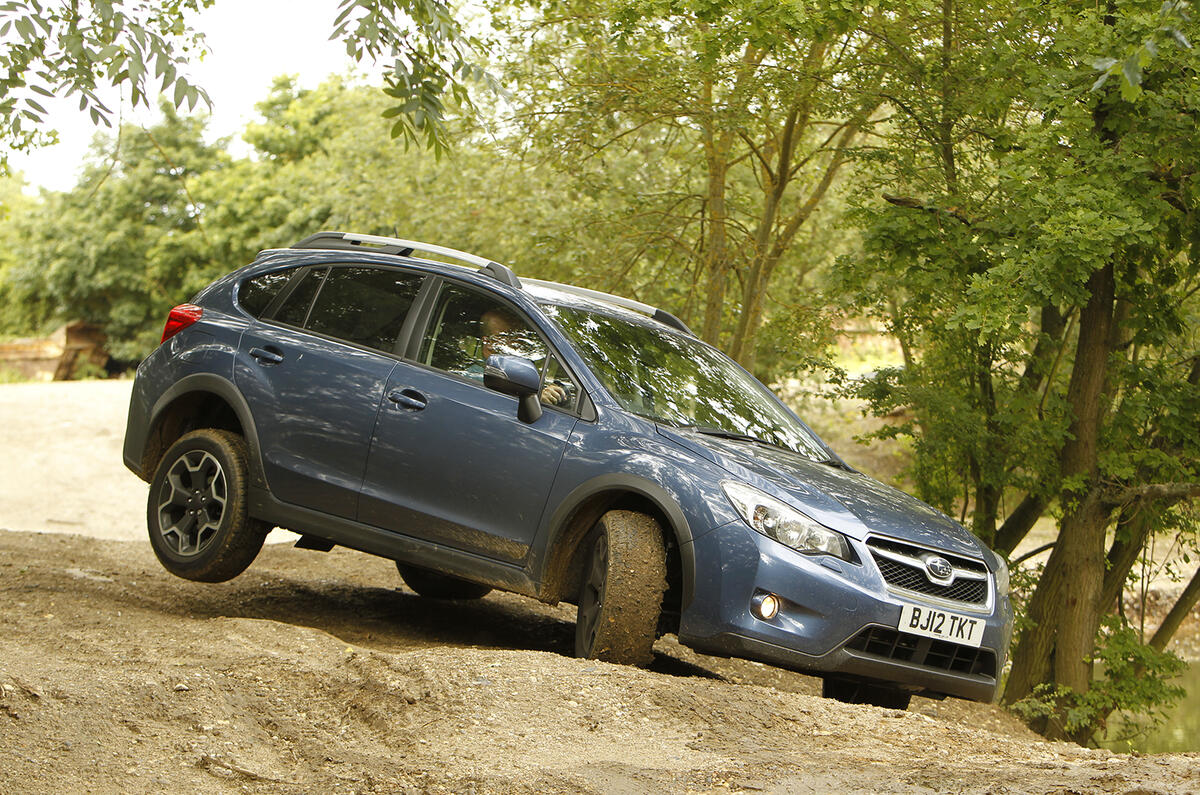
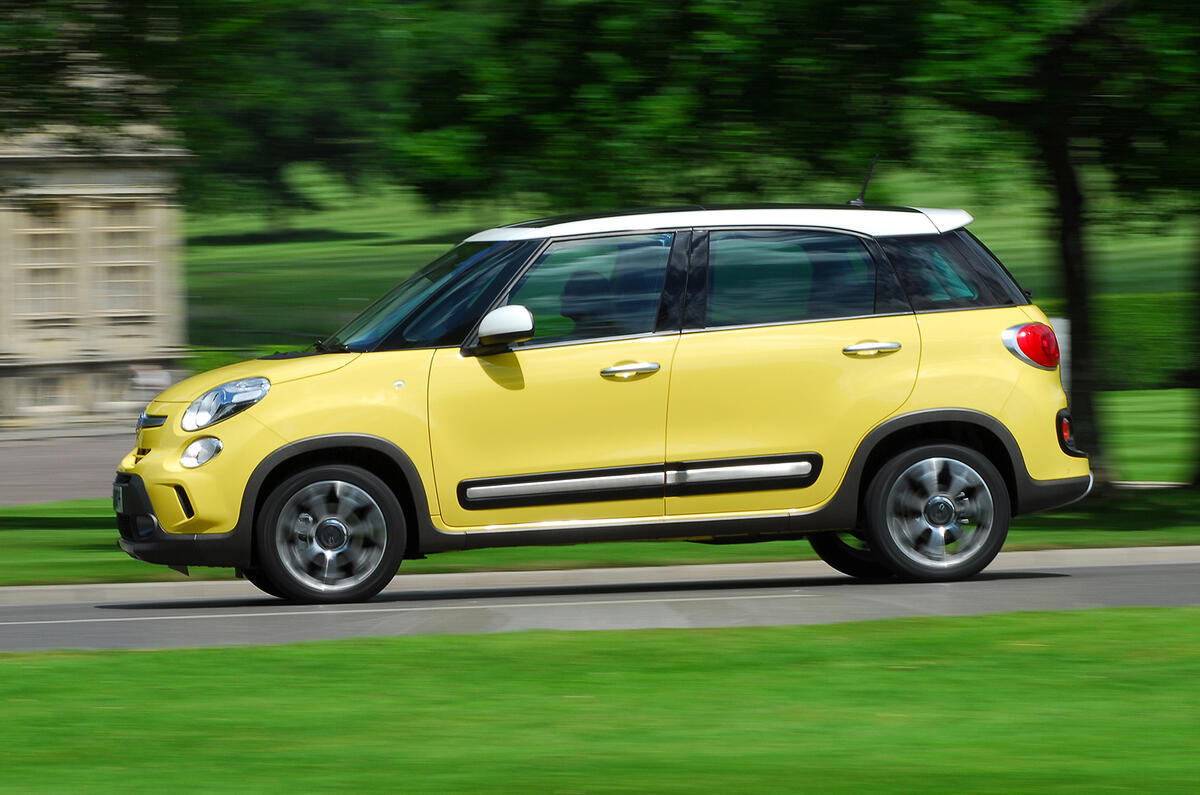
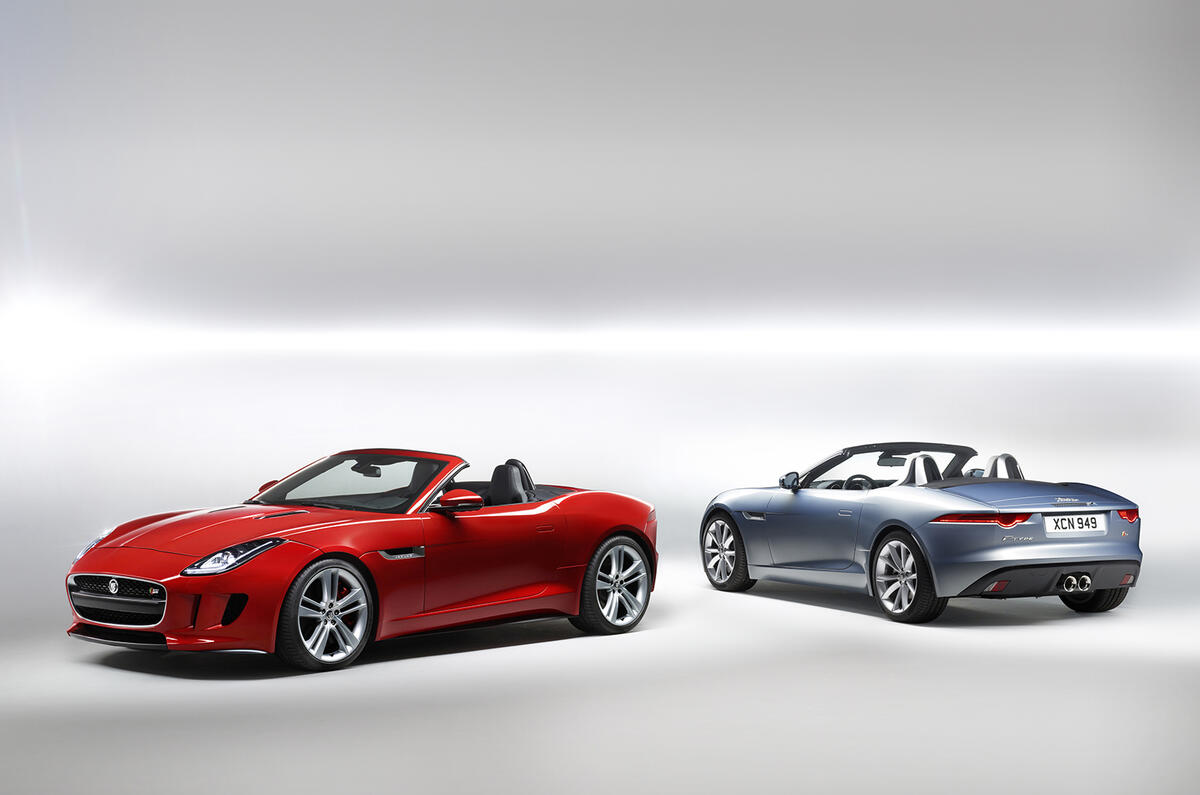
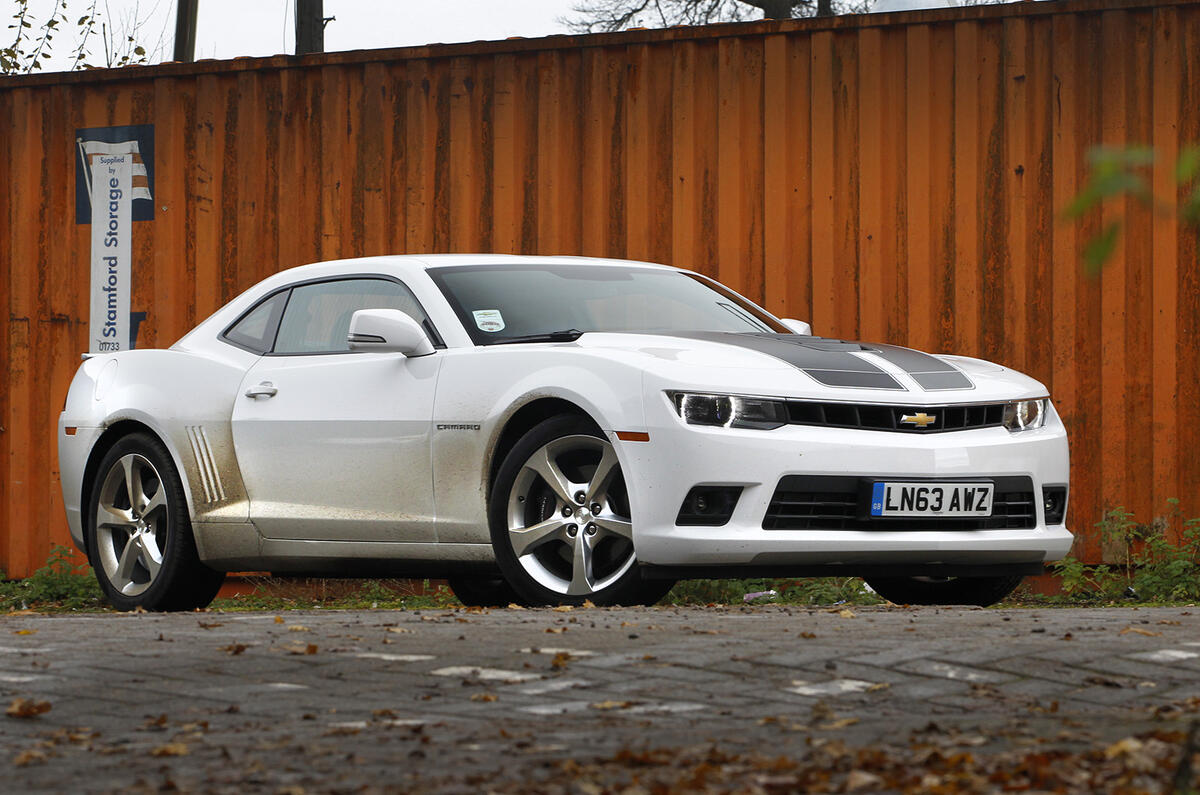
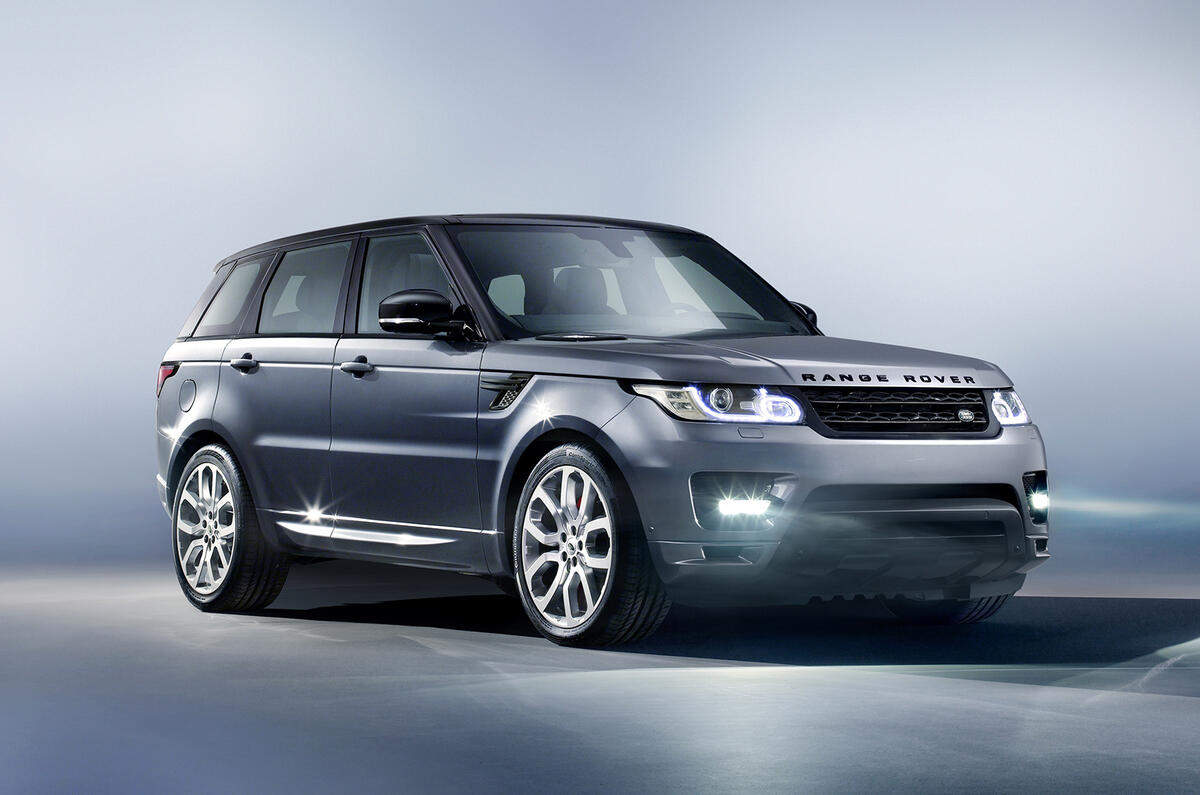
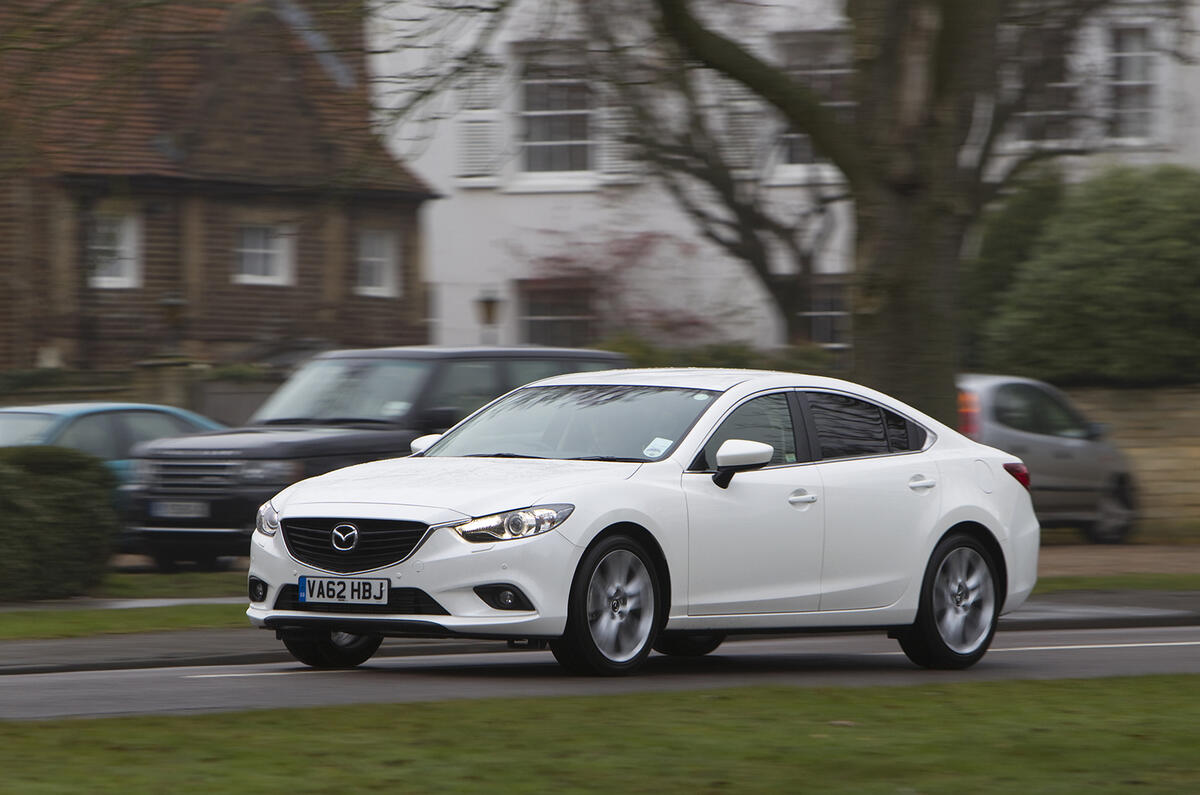
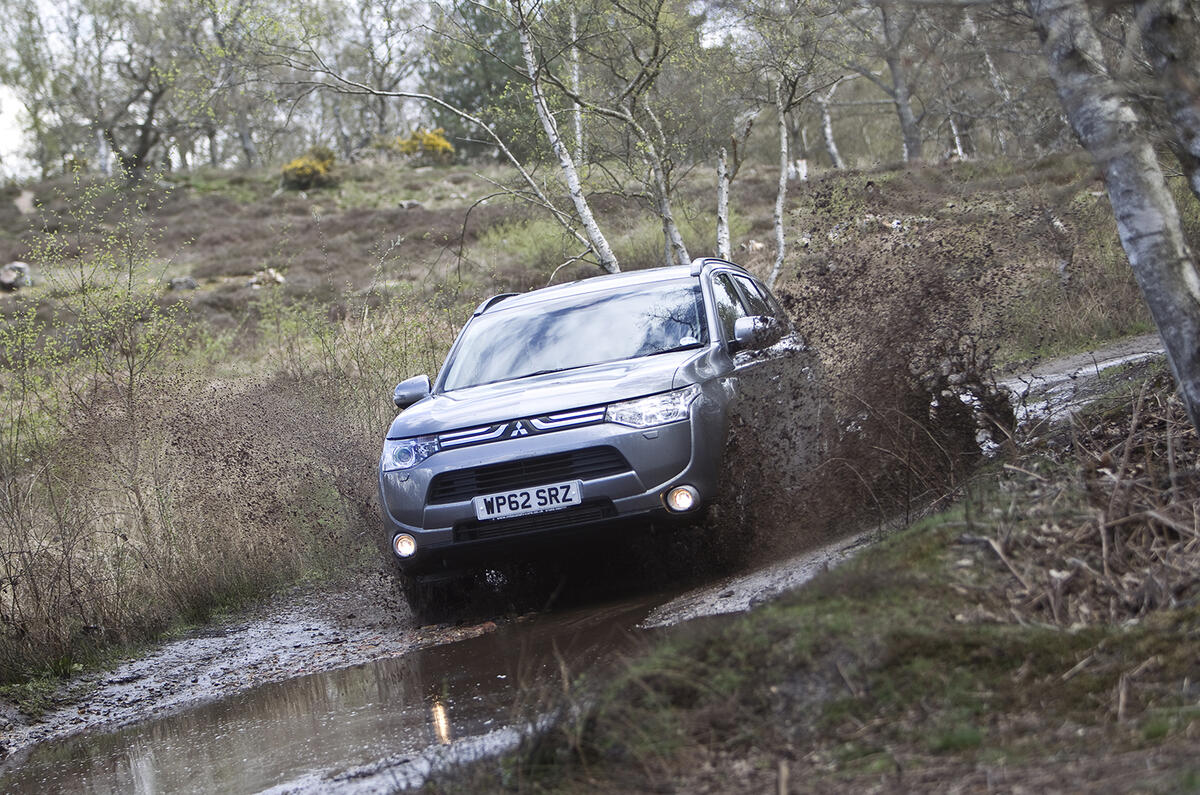
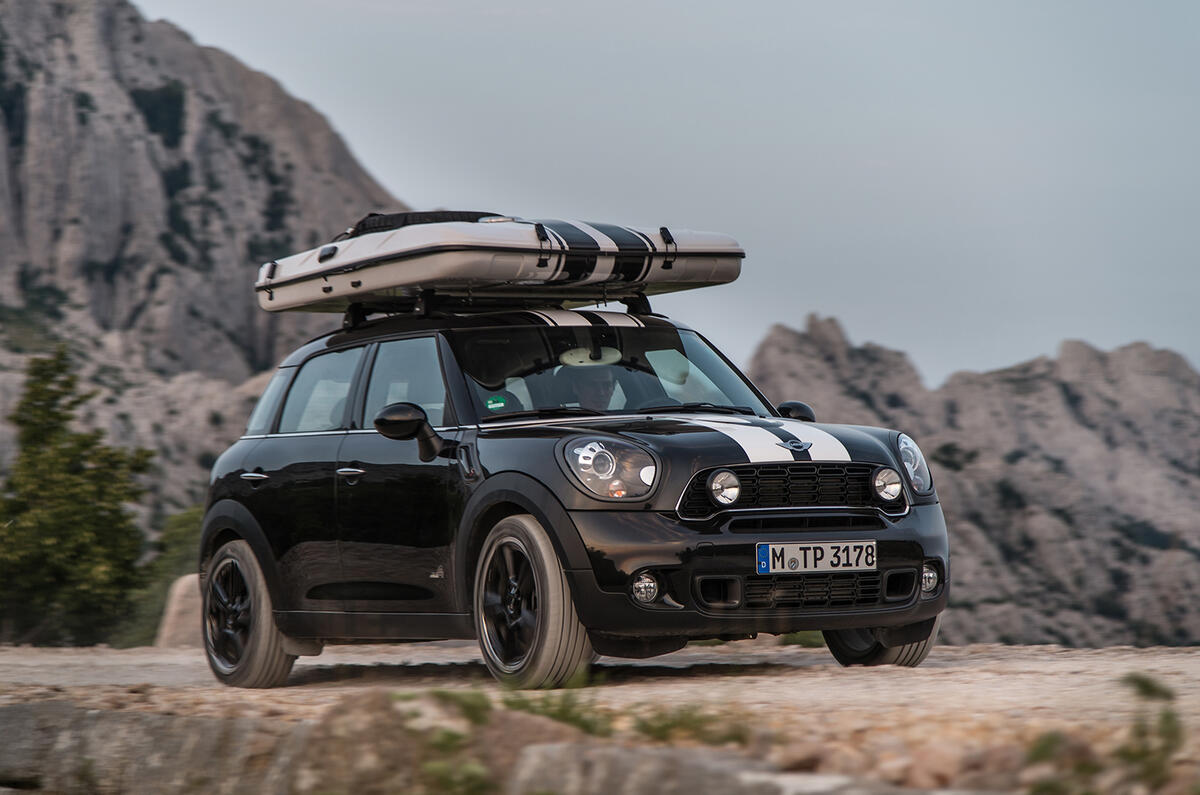
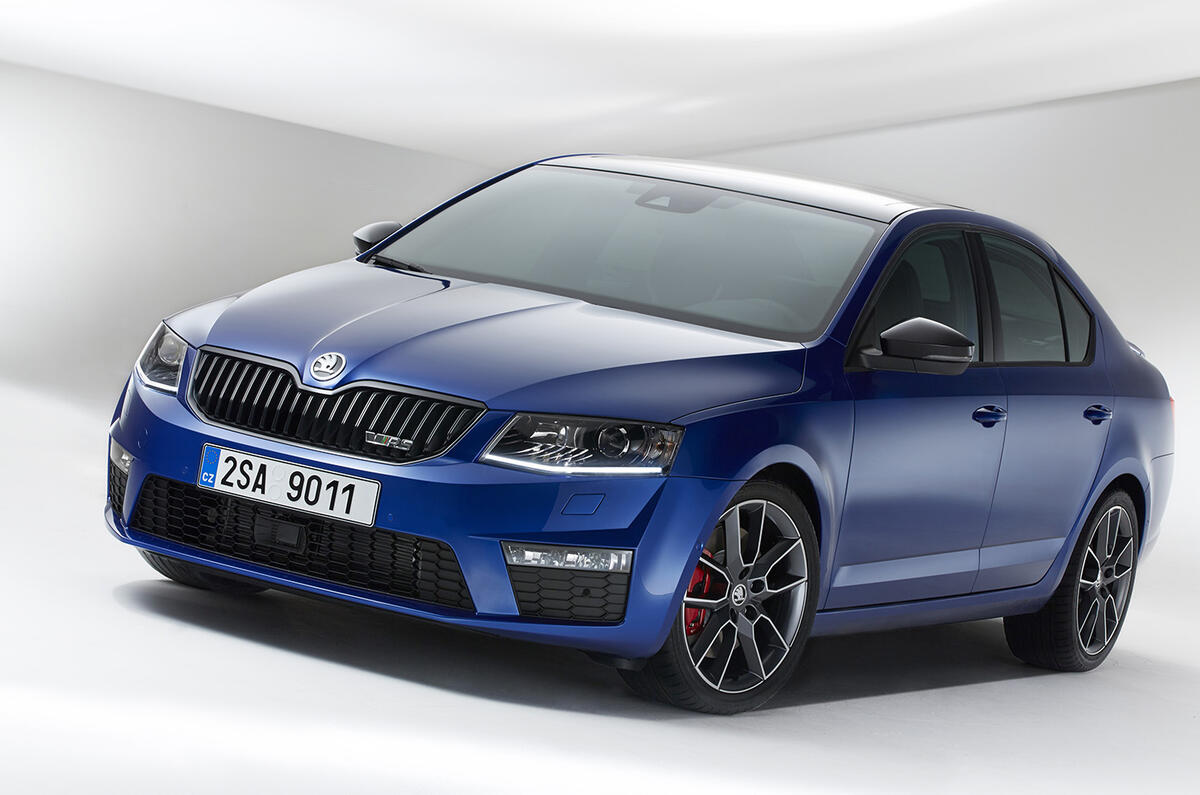
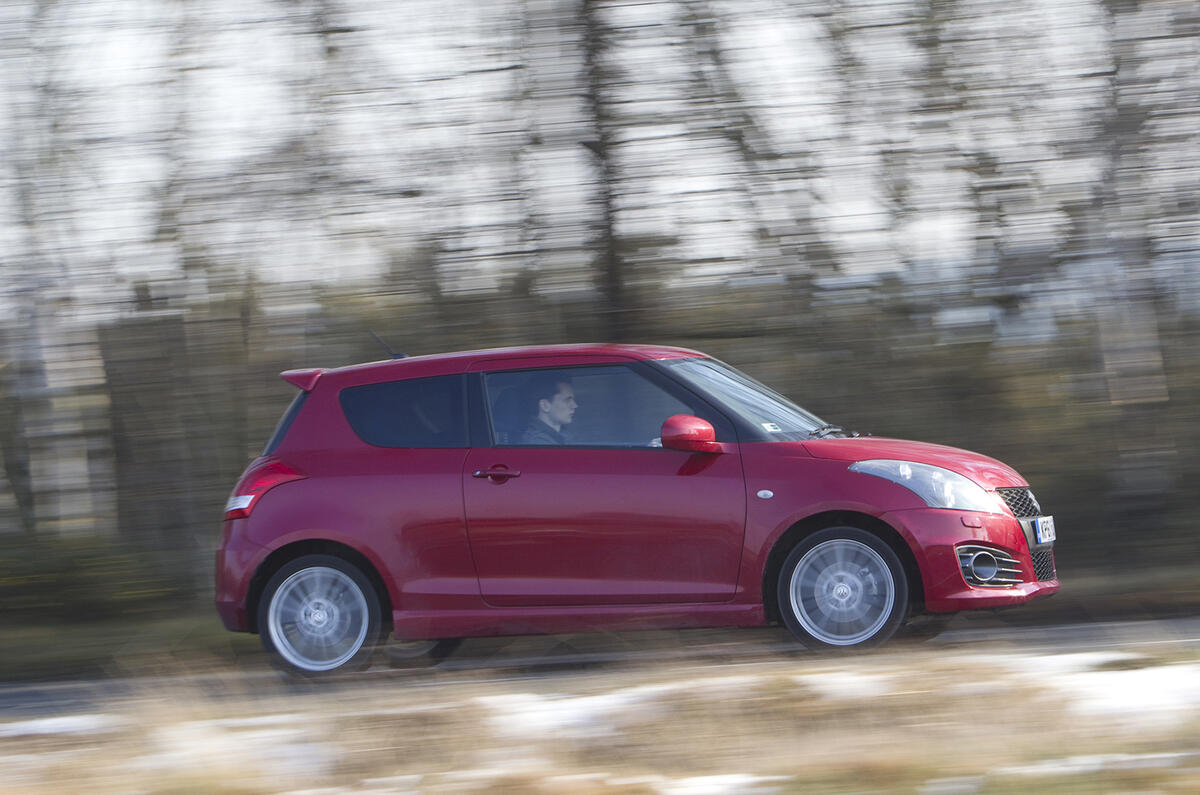
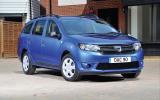
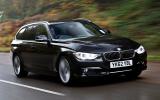
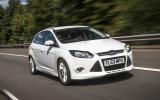
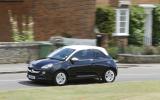
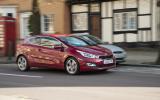
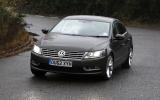
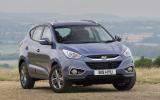

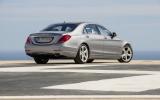
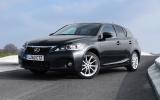
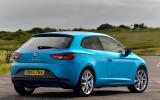
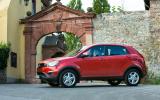
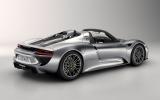
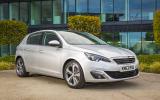

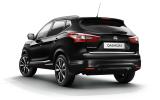
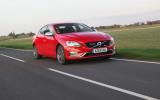
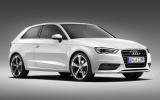

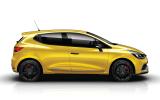
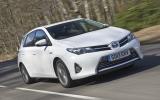
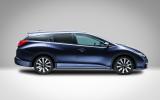
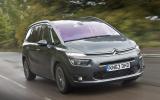
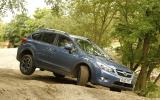
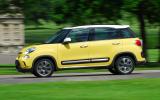
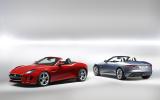
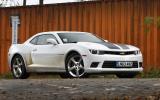

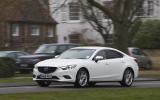


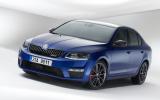
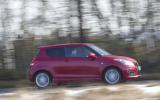

Join the debate
Add your comment
I'm sick of Dacia being made out to be a NEW brand in the UK
Anti seat?
As said earlier, I couldn't care less about industry figures or how many cars a particular manufacturer claim to have sold, I use my eyes. I see the odd '63 plate Ibiza on the road - that's about it.
Other than in magazines and the Seat forecourt, I've yet to see a new-shape Leon on the open road !!! My local dealership sell Fiat / Seat and MG. All I can say is they must sell a hell of a lot of Fiat's to keep in business.
I pressume your posting was
I don't know why they always award the Leon less stars than autoexpress does that was my question.
I don't know why they write that SEAT in the uk is finally starting to improve when in fact they have had three consecutive record breaking years. That was my question.
I see lots of new 63 plate SEATs so not sure what's happening where you live.
final figures show 45,312 cars sold this year and 2% market share.
scotty5 wrote: I couldn't
Soooo...if you don't see the cars on the road then the car companies are lying? Is it that simple? I hardly ever see a Dacia, ever. I don't doubt they've had a good year though.
Usual anti-SEAT rubbish
SEAT had its then best ever UK year in 2011 with 36,089 cars sold.
It then beat this in 2012 with an increased 38,798 cars.
To the end of November 2013 SEAT UK had beaten that record yet again with over 40,000 sales for the first time and with a month to go.
So given three years of continuous UK records, how on earth can you write "finally starting to improve" in a UK market context?
It seems Autocar finds it hard to be too positive about SEAT as you always seem to award the Leon less than Autoexpress does, but perhaps you shouldnt comment on the 2013 UK car market if you dont know what you are talking about?